BLOG
|
The more that I have been working on my sewing, and the more opportunities that I have had meant that I needed a little more help in the studio. After lots of research (mostly done by my mom), we decided on a Janome. My sewing machine is also a Janome, and I love it- I find it very easy to thread and work, and it can sew through almost anything. The sewing machine I have has also last for years- it was my moms before I started sewing. When we went into the shop, I was looking for a smaller machine (I don't want all of the extra details, or a computer panel, just the basics). There was another machine that was a little smaller, and cheaper, but it was a manual threader which is much more difficult and takes more time. This machine (which is the Pro 4DX), is a model that they have been making for years, is very easy to thread, and has fantastic reviews. I am so excited to have this extra piece in my sewing room, I know that it will help me so much! Because I got this extra piece, I needed a place to put it. My sewing machine sits on top of a beautiful old sewing machine given to me by a family friend. It is an old Singer machine that I am hoping to get it to work so I can sew some things on this machine (which is from the early 1900s). Unfortunately, I didn't have the table space on it to fit another machine. Luckily enough, we just happen to have another old Singer machine in the house. Ours is a slightly different make, but just as beautiful, and I am so excited to have it in my sewing room (I used to pretend to be sewing on it all the time when I was a little girl, so dreams are coming true here). While we were in the city, I also picked up a few patterns. I am so excited about these, as I will be using all of them to build up my wardrobe (I have the hope that my whole wardrobe will be made by me except for sweaters, shoes, and such). I even have the fabric for pretty much all of the projects that I have planned, so hopefully they will be quick to finish! I have been planning a Mexico dress for a long time, and I finally have a set plan for it! I originally was going to do a tiered skirt with a white blouse (similar to an outfit that my grandmother has a picture in when she lived in South America). When I found this pattern from Vintage Vogue, I thought it was perfect. It has the tiered skirt look that I wanted, but with a twist. I am planning on printing my own cotton to make this with, with the skull (like a sugar skull), and a rose in bright colours. The next pattern that I got I have been admiring for years. I actually had planned to make this for graduation last year, but I ended up buying something and altering it instead. When I saw the Vogue sale at the fabric store (which is why all of these patterns pictured are Vogue), I thought that it was the perfect time to get this one. I haven't decided what fabric to use for it yet (silk to make it fancier? Or wool suiting for more of a winter style? Or perhaps muslin for a summer suit?), but I am very excited to make it, and I am hoping to make a few different versions of it. This is another one that I have been planning for a long time, however I had not chosen out a specific pattern for it yet. When I saw this, I thought that it would be perfect! I have been wanting a nice pair of cigarette style trousers for years, and when I picked out this wool suiting from Bhatia, I thought it would make an adorable pair. I had originally planned to use the wool for a cocoon coat, but I decided that I would use these more often. I also would like to make a linen version of the shorts for this summer. This pattern was a little bit of an impulse buy. 1940's patterns are a bit of a soft spot for me (I love the interested details, and how they managed to use as little fabric as possible while still using interested seam lines and such), plus the dress with the full sleeves reminded me of the Fendi ad that I think is stunning. The last pattern that I got a few days ago came free with a sewing magazine. This one comes in a few lengths and sleeve lengths, and I thought that it would be perfect for a Wes Anderson styled dress. I chose a coral cotton to make it out of, and was inspired by Suzy from Moonrise Kingdom. I also have a few patterns coming in the mail- the dirndl dress from Patterns by Gertie, as well as a few Vintage Simplicity patterns. Two of those are 1960's mod styled dresses, one is a 1940's skirt suit, and the last is a pattern for 1930's tap pants and bralette. 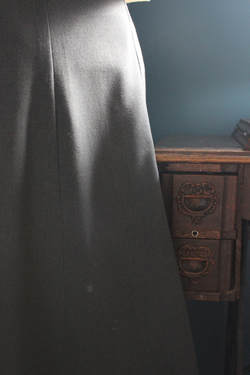 Other than shopping, I have been getting lots done. I won't share the majority of what I have been doing yet until I get photos, but I will give you a sneak peak. I also altered my 1930's wool skirt, since it was large at the waist. It was a quick fix, but I have been putting it off for months since alterations aren't my favourite. There are a few more things I need to alter, so I am hoping to do that soon. ~K
0 Comments
After seeing Angela Claytons hilarious video that she posted a while ago about cooking recipes from the early 1900s while wearing clothes from that era, I decided to do something inspired by that. Unfortunately I am not as brave as she is, so I decided to use only one recipe, and it is one that I knew would work from Julia Child. I love reading through her cook book, and I love all the tips that are for women in the 1950's, so I decided to wear my newest 1950's styled dress and make a dinner using her cook book. I made the Vanilla Sponge Butter Cake with the Butter Cream Recipe from Julia Childs Mastering the Art of French Cooking. The recipe is very simple, and nice and light! The recipe asks for a 10 inch pan to be buttered and floured (if you want to make cupcakes it makes 12), and for a 350 degree oven. First melt 4 tablespoons of butter and set aside to cool. Then gradually beat in 2/3 cups of sugar into 4 egg yolks, and add 2 teaspoons of vanilla. I also added some lemon zest and juice at this point to make it a lemon cake, but that is not necessary. In a separate bowl, whip up 4 egg whites and a pinch of salt until soft peaks are formed. Slowly add 2 tablespoons of sugar and mix until stiff peaks are formed. Scoop a third of the egg whites and 1/3 cup of flour into the egg yolk mixture and fold together gently. Continue with another third of the egg white, 1/3 cup of flour, and half of the melted butter. Finish with the last of the melted butter, the last of the egg whites, and another 1/3 cup of flour. Bake for 30 to 35 minutes, or 20 minutes for cupcakes. For the Butter Cream Icing, start by rinsing a bowl in hot water. Then place 2 egg yolks, 2/3 cups of powdered sugar, 2 tablespoons of flavouring (I did strong lavender tea with some lemon, but you could do vanilla, melted chocolate, strong coffee, or pretty much anything else instead), and 6 ounces of unsalted butter. Mix these together until creamy, and place in the fridge until it is firm but still easy to spread. I don't have very much footage of me making the icing in the video because I was only doing half the recipe and math is really not my strong suit... it took a lot of confusion and vague measurements for a butter cream to come out at the end! Let me know how you enjoyed this type of video!
I also filmed a Get Ready With Me before I filmed this video, so I will put that up next week. It shows how I did my hair and makeup for the video. Thanks for watching, ~K I am completely fascinated with moths, and after seeing Crimson Peak, I got the idea to use a print on one of my dresses. In Crimson Peak, one of the running themes is the black moth versus the butterfly. Since watching that movie, I was very interested in moths. I love how hearty they are, and also how beautiful they can be. While butterflies are the well known pretty insect, moths can also have beautiful, colourful wings. My fascination is a little bit darker than them just being pretty and tough. The theme in the movie (if you are not familiar with it) is that the main character is a butterfly, while her husbands sister is the moth- she is the villian in the movie. I loved the theme, and also the visuals of the giant black moths on the walls of the mansion. I also love the scientific illustrations of insects, and specifically of moths and bees. This is where I got my idea to stamp the fabric with moths, and I got the pattern from the wallpaper in Crimson Peak. Guillermo del Toro wanted the main theme to be throughout the whole movie, even where you don't notice it. So the moth is on some of the wallpaper, engraved on chairs and furniture, and in many other places, such as embroidered on clothing. I liked how it was there but not completely obvious, so I took the pattern from the movie to stamp onto my dress. We went into Calgary to get the pictures, so while we were there I picked up another pair of DSign Step shoes (since I love my other pairs so much). We went into Inglewood to get the pictures for this dress, which is the oldest area in Calgary. The dress is made from a Vintage Vogue pattern from the 1950s, and the fabric is a cotton blend. Stamps and photos by Veronica Funk ~K
Berlin has a huge, and very dark, history that I learnt more about while I was there. We spent a week in Berlin, and I could have stayed so much longer- there is so much to see in this beautiful city. I was lucky enough to be staying right by Kufurstendamm Strasse, the well known high-end shopping street of Berlin. That meant that I was a 10 minute walk from KaDeWe (the massive department store), as well as all of the high end shops, such as Dior, Chanel, Burberry, and almost every other brand that has a show at Fashion Week. I had an incredible time checking out these shops, and ended up getting a Dior silk scarf for myself (which was possibly the most exciting moment of my life). Getting to see garments that I have seen in ads and on the runway was completely surreal, and I spent tons of time inspecting them and seeing how it was all made. The stunning part of such high end, expensive pieces are not just how they look, but how they are made. Chanel is one of the best examples of well made fashion, since Coco Chanel was very exacting about how each thing should be made. They continue in her legacy, and all of the finishing details are the same as they were in the 20s. The tweed that Chanel uses is from very specific weavers in France, and is extremely difficult to work with. Since it is so loosely woven, it frays very easily. This makes every moment of the process of making a typical Chanel jacket, for example, much harder. And then there are little details that make a Chanel jacket a Chanel jacket. Those details include a chain sewn across the bottom of the jacket to get it to sit right, a quilted lining (quilted to the outside fabric, but not seen from the outside), and bold metal buttons. All of the high end brands use unique methods and include beautiful extra details. If you take care of your purchase, it could last you for generations. I loved the more classic styles that many of these brands carry. I have so many ideas that I have brought home with me, and a bit of determination to finish the inside of my garments better (if you have followed me for a while, you might know that I give up when it comes to finishing...). We also went to a ton of tourist attractions, such as the Victory Column and Bradenburg Gate. Seeing these don't take up much time, since you basically just take a picture with it and leave, but it was very neat to see something in real life that you can see in pictures and movies all the time! We also went to Checkpoint Charlie, which has an amazingly well done Mauer (Wall) Museum beside it. The Mauer Museum looks much smaller than it is, but I would recommend putting aside at least a few hours to go through it if you plan on visiting. Seeing Checkpoint Charlie was amazing, and it is so strange to think that the wall did not come down very long ago. Another interesting thing was that many of the visitors that we went through the museum with were German, and not all tourists. Not far away from Checkpoint Charlie is the Memorial for the Murdered Jews of Europe, and just beside that is the Topography of Terror. The Memorial takes up a block, and is surrounded by busy streets. Once you get inside the blocks, it is very quiet. It is a place of reflection, and of mourning. The day we went was very windy and cold, but once you walk in a bit, everything stops. The Topography of Terror, which is very close to the memorial, has a less calm feeling to it. The museum is in the spot where the SS Headquarters were during World War Two. You can still see the outer wall of the basement, and just above that is a piece of the Wall still standing. The Topography of Terror reminded me a bit of the Canadian Museum of Human Rights in Manitoba, not just in information but also in the feeling that you get from going through. The Museum goes through from 1933 to now, and talks mostly about the SS and the gestapo. It also talks about the aftermath of the war, and what happened to some of the top officers. On our last day in Berlin, we went down to Sachsenhausen, one of the first concentration camps built. It is about an hour train ride from Berlin, and is a whole day trip, if you are planning on going. It was very cold on the day that we went, but the weather suited the feeling that I had going through the memorial and museum. Sachsenhausen has a long and terrible history. It was originally built as a test for camps, built in a triangle shape so that the guards in each tour could see the whole camp (the shape was not used for other camps because they could not add buildings easily without wrecking the sight lines). It went on to hold up to 70 000 prisoners in 1945, and was the site of many atrocious experiments. After it was liberated by the Soviets, they used it as a camp for political prisoners, until they decided to turn it into a memorial to the people they liberated. The memorial was heavily biased (it has just red triangles on the massive monument in the middle of the camp, which means political prisoners, so the Soviets who were caught wore that triangle), and made the Soviets out to be the heros. Ironic, since they used the camp as well. The camp was massive. It is impossible to convey how huge and empty it was inside the walls. Many of the barracks that the prisoners were held in have been taken down, but gravel marked out where they used to be. There are a few buildings left, such as the morgue, the hospital, the camp prison, a barrack or two, and the house of the head of the camp, just a few feet outside of the camp. There is also the burnt remains of 'Station Z', the building that had held the gas chambers and the crematory. The camp is free to the public, just like the Topography of Terrors, so that no one has an excuse to ignore the atrocities of the war. As someone who had learnt about the Holocaust since elementary school, nothing that I read was a shock. But that did not stop it from being an emotional journey. I had at least three moments of understanding how awful the memories were that that ground held. One was in the morgue- the upstairs held am autopsy room, and each person who died was given reasons like 'heart failure' for their reason of death (even of they had been worked to death, or shot, or beaten), and then sent into the basement. They would stack the bodies, and there is a ramp from their for wheelbarrows to take the bodies to the crematory, or to be buried. The building was quite crowded when we had gotten in, since there was a tour group going through, but once I saw how huge the basement was, I wanted out. Unfortunately, there was a rude tourist blocking the door so he could take pictures (and there were a few people taking selfies in the basement... who does that?). Going outside doesn't give you much relief, since every part of the camp oozes a terrible feeling, but it is better than being inside those buildings. By the end of the day, I was emotionally exhausted, but so glad that I went. I think it is so important for everyone to learn and understand what happened during the Holocaust. What are your thoughts about taking photos in places like that? I ended up really loving Berlin. It is a gritty city, with a twisted past, but it really has grown past that. Many of the people that I talked to said that one thing that they loved about Berlin was the fact that it was so open and accepting, and that it is multi-cultural. Have you been to Berlin? Did you love it as much as me, even with the dark past? ~K You can see more of my photos from Germany on my instagram account here, my account is @funk_katherine
Although this was the second week of our trip, I decided to write about it first. We started in Berlin, and from Berlin took the ICE train to Cologne. We ended up finding out that we pass Hannover on the way to Cologne, so it was a bit of a backward way of going through the country, but it worked out well. If you just happen to be going to Berlin, Hannover, and Cologne, like we did, I would recommend going to Hannover first, and then Cologne from there. Anyway, our trip took about 4 hours to get there. We have family in this area who was picking us up and showing us around the area, so we were very lucky to have our own tour guides! The family that we had in that area was so knowledgeable about the area and its history, which was amazing for us! That also means that I have tons of historical stories about the area to share (yay!). We started off in Cologne, since that was where our train was coming in. We walked around Cologne's Old Town for a while, and also saw the Rhine river. Cologne doesn't have a massive Old Town compared to some towns, but what it does have is stunning. We started off at the Cologne Dom, or Cathedral, which is right beside the main train station. They started building the cathedral in the 1200's, but it wasn't finished until the 1850s. They still constantly work on the cathedral because the pollution is wrecking the stones that it was made from. They use a very specific type of stone from Italy, and they employ many, many stone maisons and workers to fix up the building. The cathedral actually escaped being bombed during the second world war, and only had a few windows blown out. The Allies were trying to avoid hitting the cathedral, so the Old Town around it also escaped the bombs. The rest of Cologne, however, was not so lucky because it is a bit of an import town, with the Rhine going through the center of the town. After walking through Cologne, the next day we had a castle day (which is very exciting for someone who lives in a place that doesn't have any old buildings left). The first one that we went to, Schloss Dyck, was built in the 1630s. I wanted to take a million pictures of it, but photos were not allowed inside unfortunately. The inside looked like a miniature Versailles. The next one that we went to was more of a typical medieval castle, though it was a little bit more touristy since there was an Easter market going on that day. The castle was on the top of a hill (like most castles are), and had stunning views from the top. The last one is still a town, but you can walk along the entire wall that held the original old town. We ended up being there at dusk, so the light was stunning. On the last day in the area, we went to Aachen, and to the drielandenpunt, the border of Belgium, the Netherlands, and Germany. It is very neat to see the border there because all of the countries are a part of the European Union. That means that there is no border control, you can just walk between the three countries. Aachen is really a university town, and it has a beautiful Old Town. Starting with the cathedral, which has a pretty great back story to it. The lore behind the building is that the people of Aachen needed help from the devil to build it. In exchange for helping them build the cathedral, he asked for the soul of the first death in the Cathedral. The devil thought that this was a great deal since he believed that the first soul would be the soul of the pope. However, the people of Aachen are cunning, and they trapped a coyote in the cathedral so that was the soul that the devil got. After he came to get the soul, he was so angry about being tricked that he punched the door (you can feel a bit of metal in one of the door knockers, and people say that it is the devils finger), and ran all the way to the sea. He brought back two huge bags of sand, and he was going to cover the whole city in sand. He eventually got very tired, and saw a woman from Aachen. He asked this woman how close the town was, and since she also was very cunning, she told him to look at her shoes. She told him that she had only bought them that morning at the Aachen market, but she had been walking so far that they were completely worn through. The devil was so tired already, that he couldn't walk that far to get there, so he gave up an dumped the sand right there, right at the doors of the city. Just outside of the city are two large hills, which is what they are talking about when they say he dumped the sand there. There is also the Lindt factory in Aachen, which we had to go over to see and get some chocolate at the store beside the factory. We also walked through all of the Old Town of Aachen, and had a drink at a beautiful old pub. The old town of Aachen was originally all wood, but it burned down in 1668, and after that laws were created that enforced each building to be made of stone. From Aachen, we made our way (on the train again) to Hannover. Not far from Hannover is the small village that my dads grandma and family is from. We were able to see the place where she grew up, and some of the other small towns in that area. There are a bunch of villages very close together in that area, and we stayed there with family. The day after we arrived on the train was a quiet day, our first since we arrived in Germany. In the morning we walked around the little village, and in the afternoon we went to the town of Celle. Celle has the most intact old town in Germany, and it was completely avoided during the war. Celle has a Baroque styled castle there, which was actually built in the 1200s but was remodeled in the 1600s. Many of the buildings in the streets are from the 1500 and 1600s. The castle in Celle is actually the place where Caroline Matilda of Great Britain was exiled. You may know of her from the movie A Royal Affair, starring Alicia Vikander and Mads Mikkelsen. I won't talk about Hannover very much since most of our trip there was about seeing family rather than sight seeing and learning new things, but we did still see some neat things! The great thing about going to Hannover (for me...) was that Queen Victoria was from the house of Hannover. The house of Hannover ruled until Victorias death in 1901 since her children were from the house of Saxe-Coburg and Gotha because of their father, Albert. We also went to the Royal Gardens of Herrenhausen. Since we were there in off season, it was lovely and quiet with no other tourists going through. Unfortunately that also means none of the plants were growing, which is pretty much the point of going to royal gardens.... But there were tons of statues and many other beautiful things in the gardens, and it was easy to imagine how lovely it would be in summer. Thank you for reading! I will have much more information in my next post since I will talk about our week in Berlin then.
Stay tuned! ~K |
EtsyArchives
April 2020
Categories
All
|
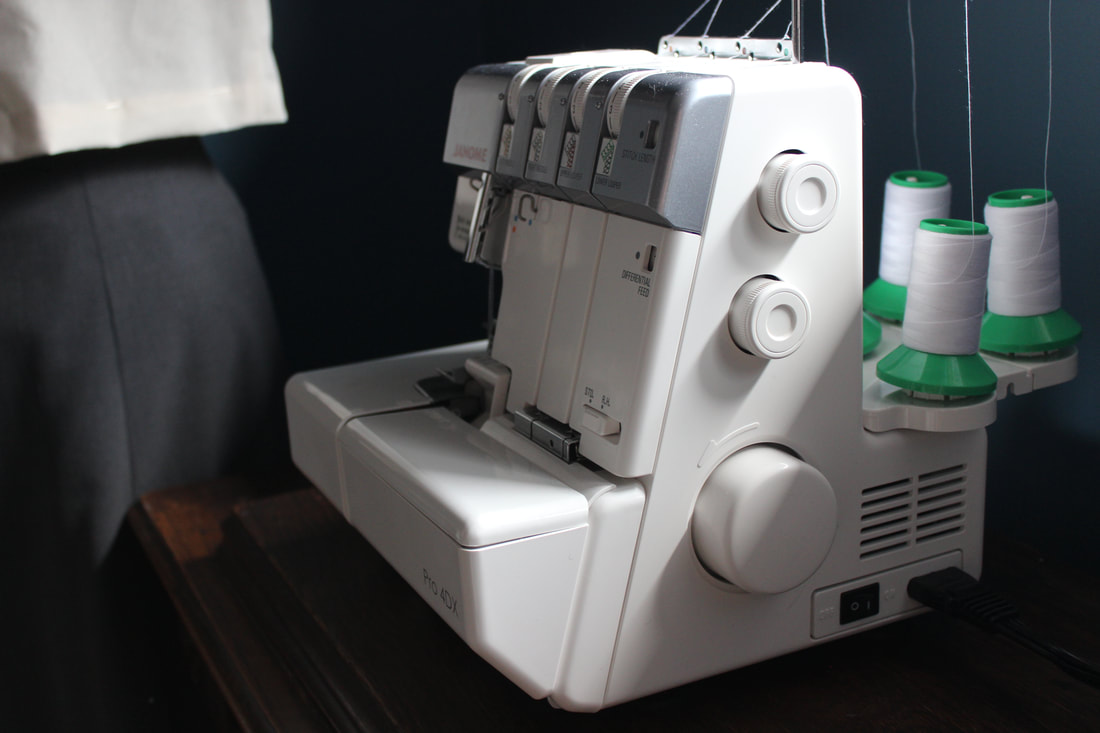
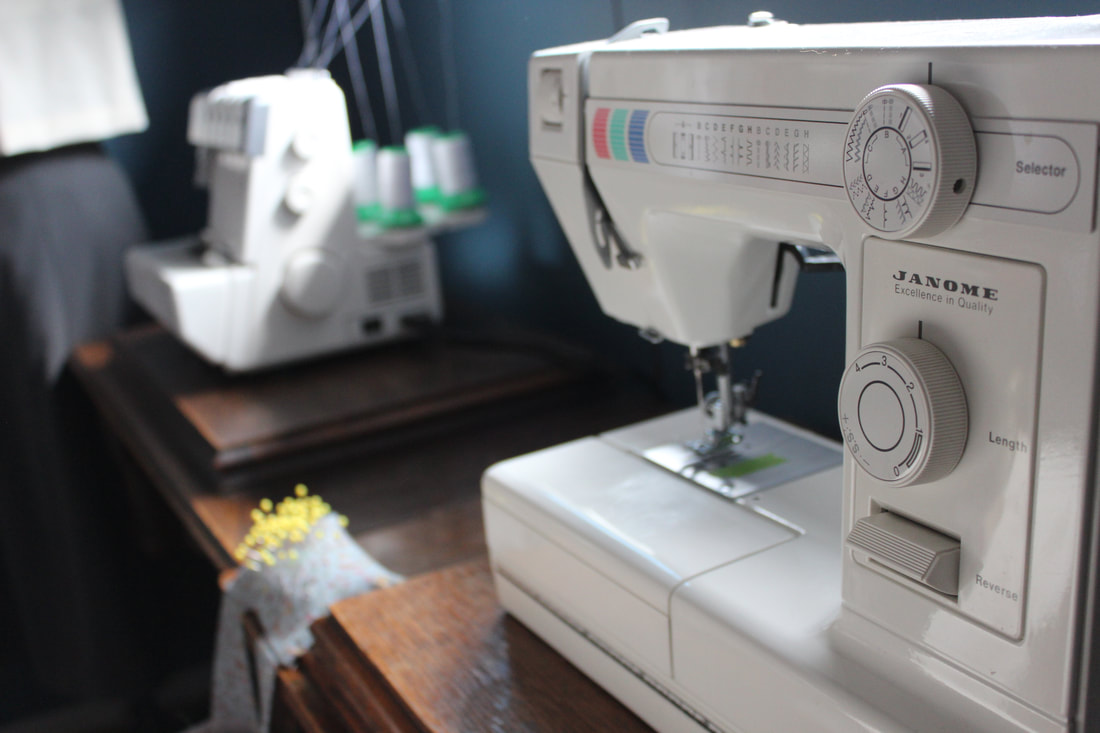
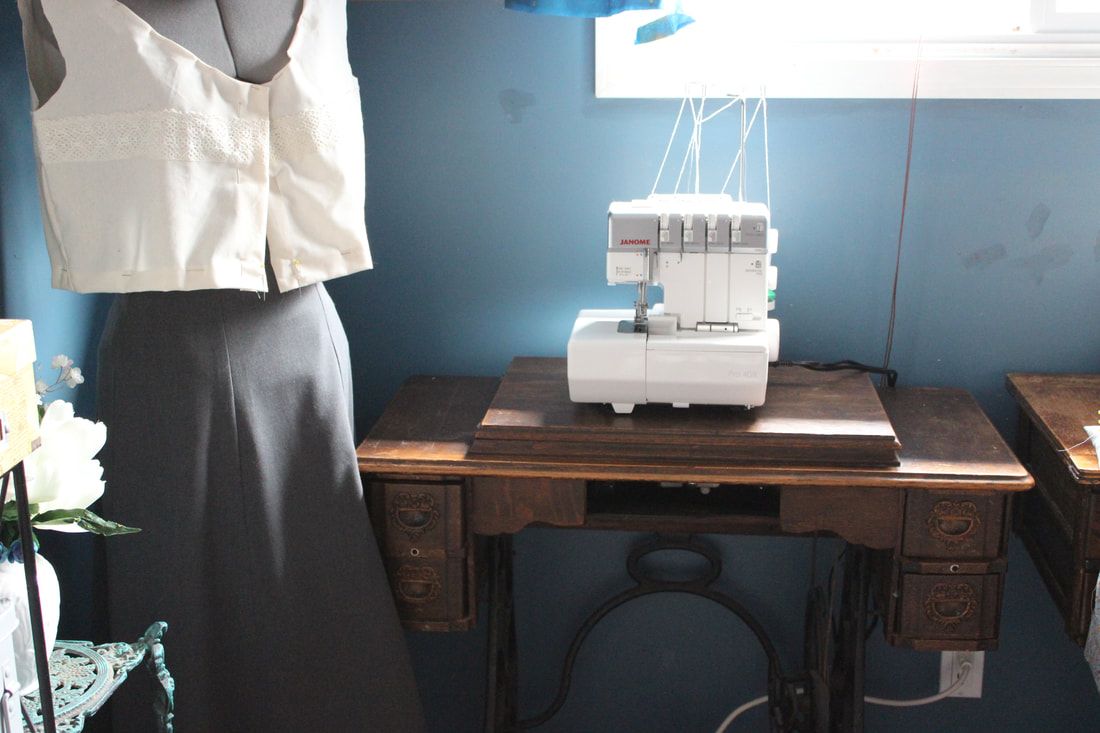
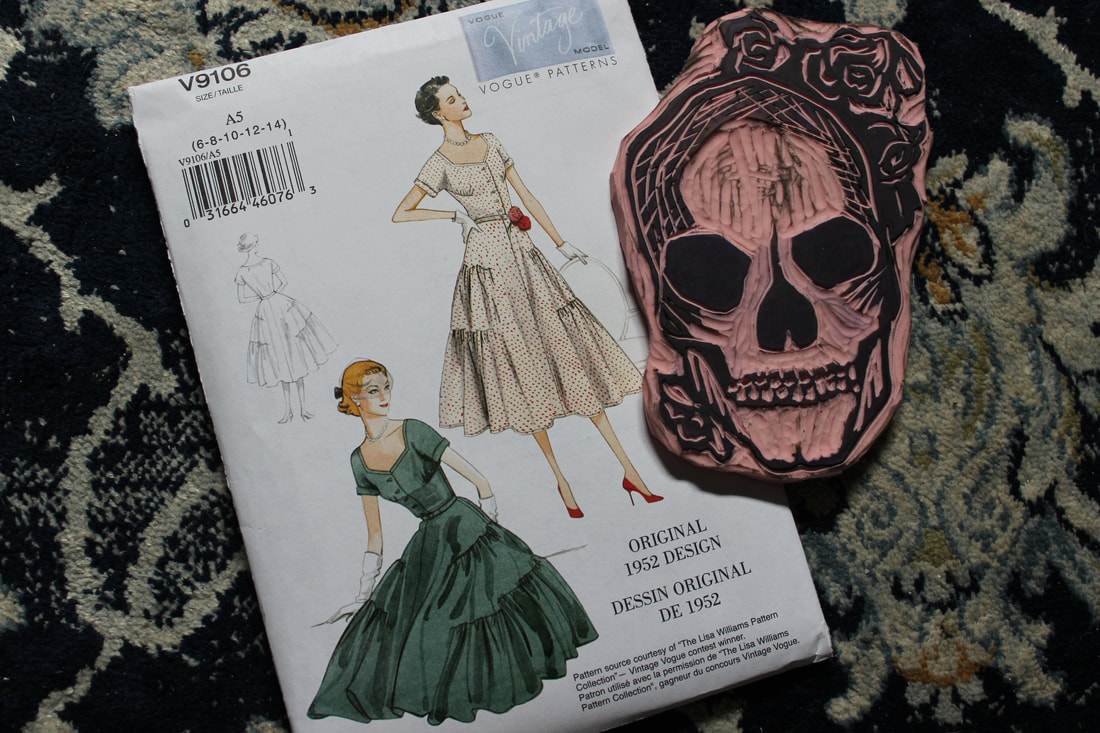
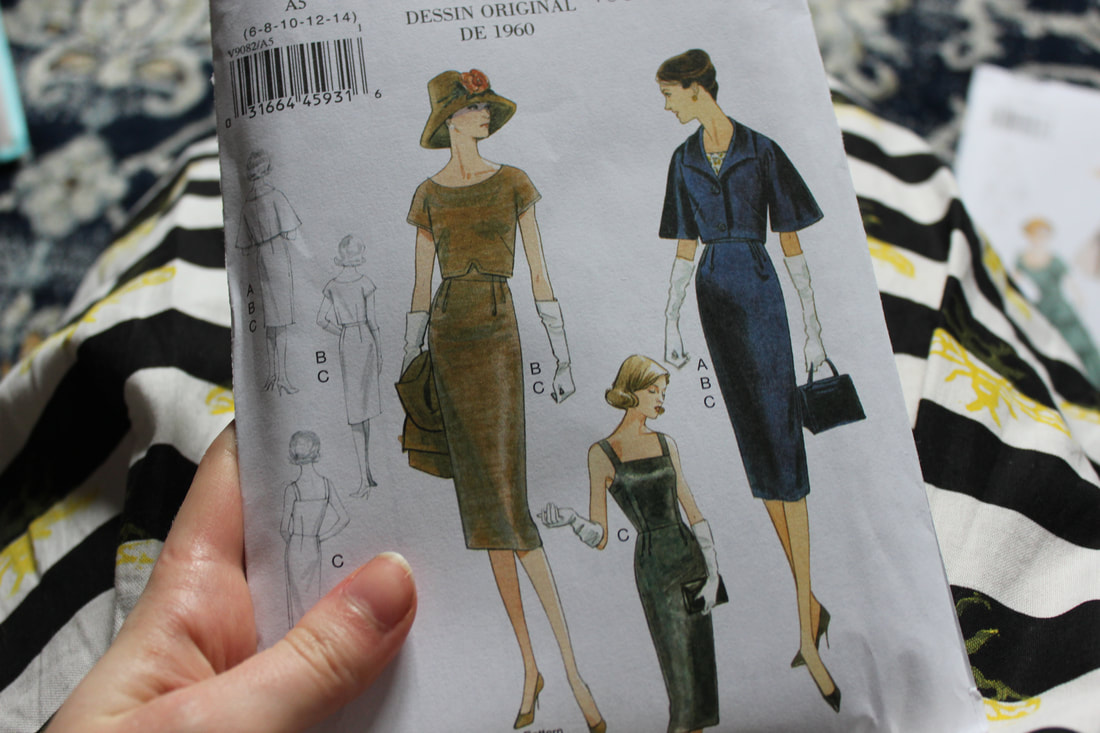
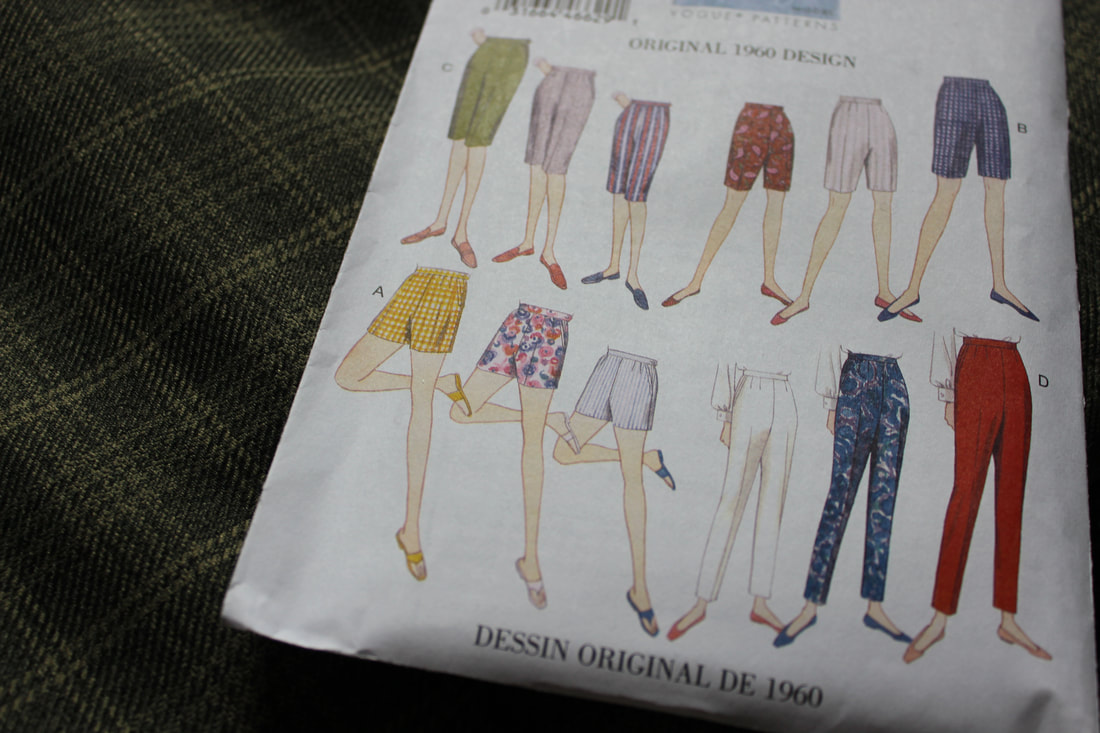
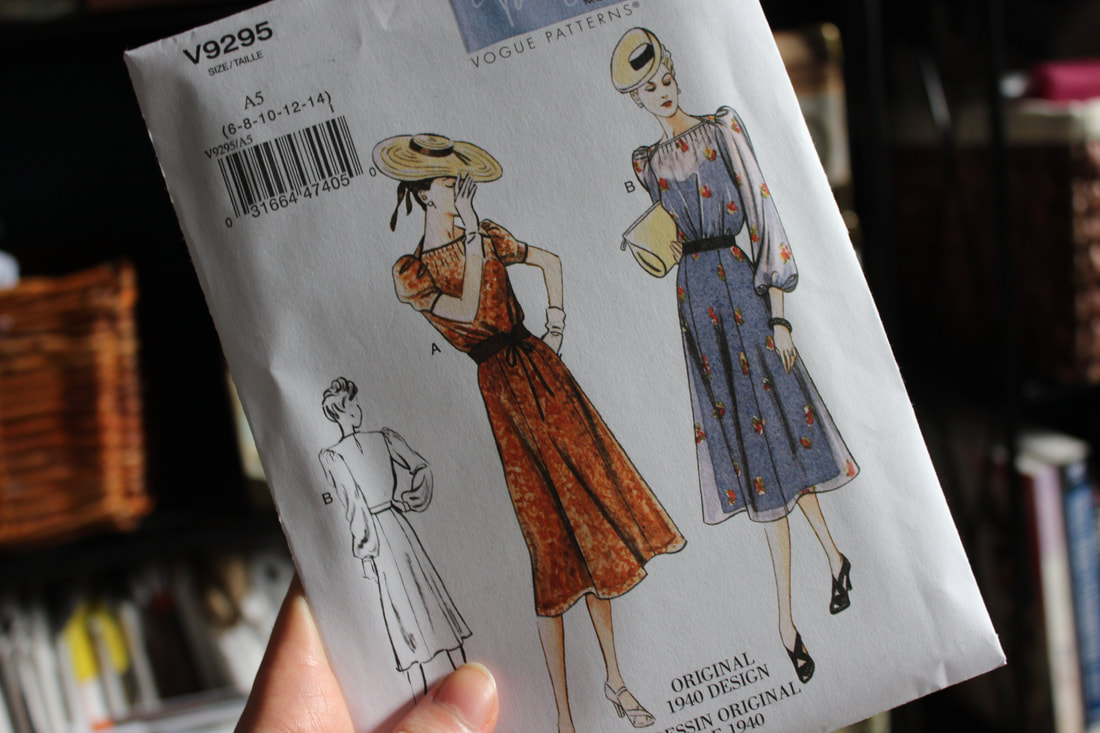
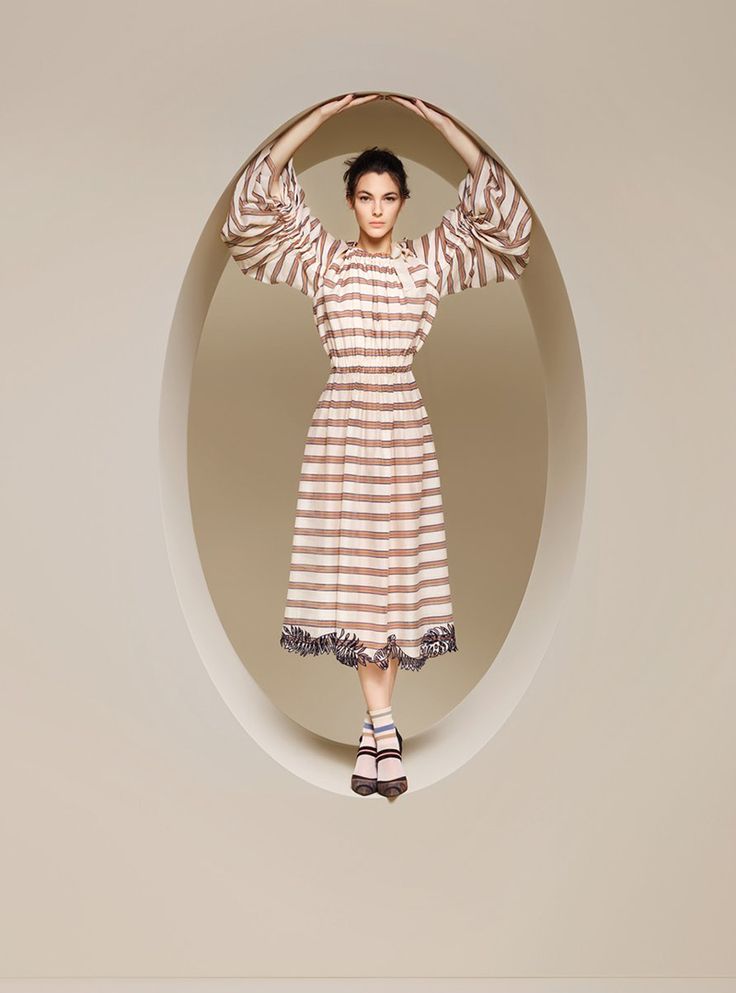
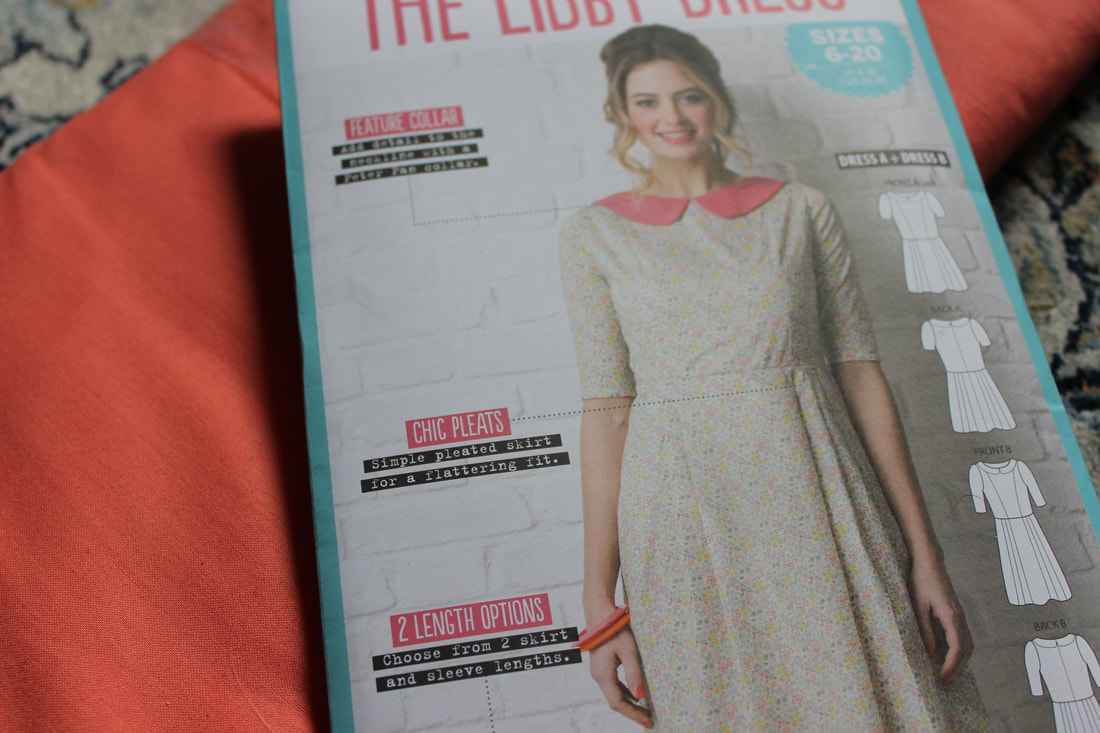
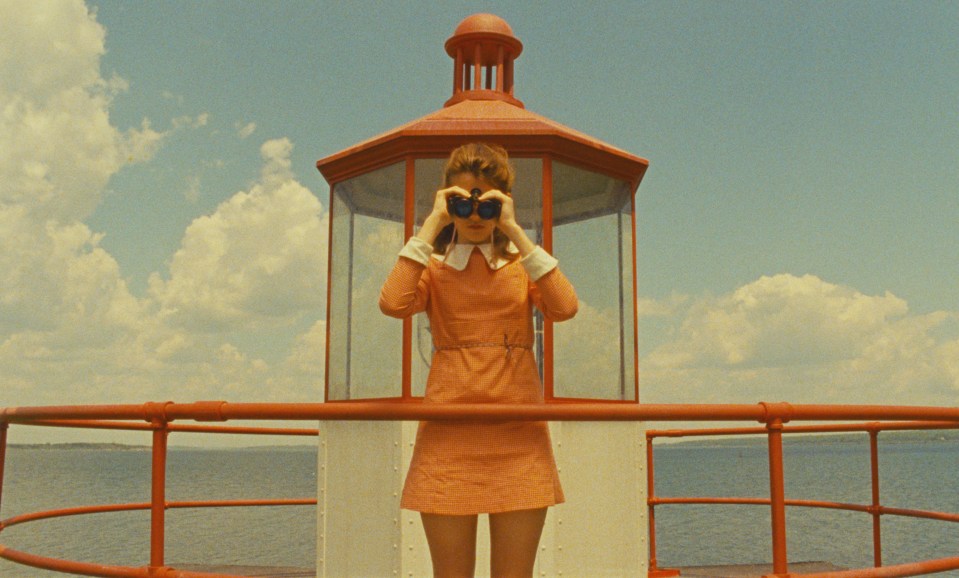
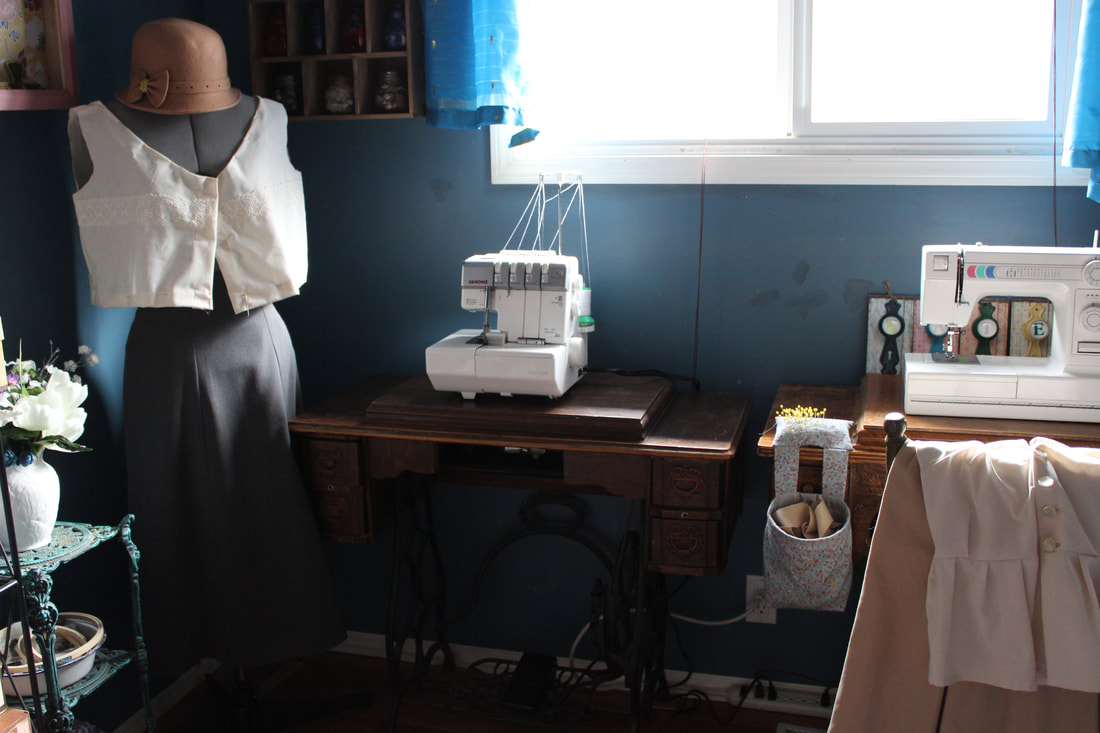
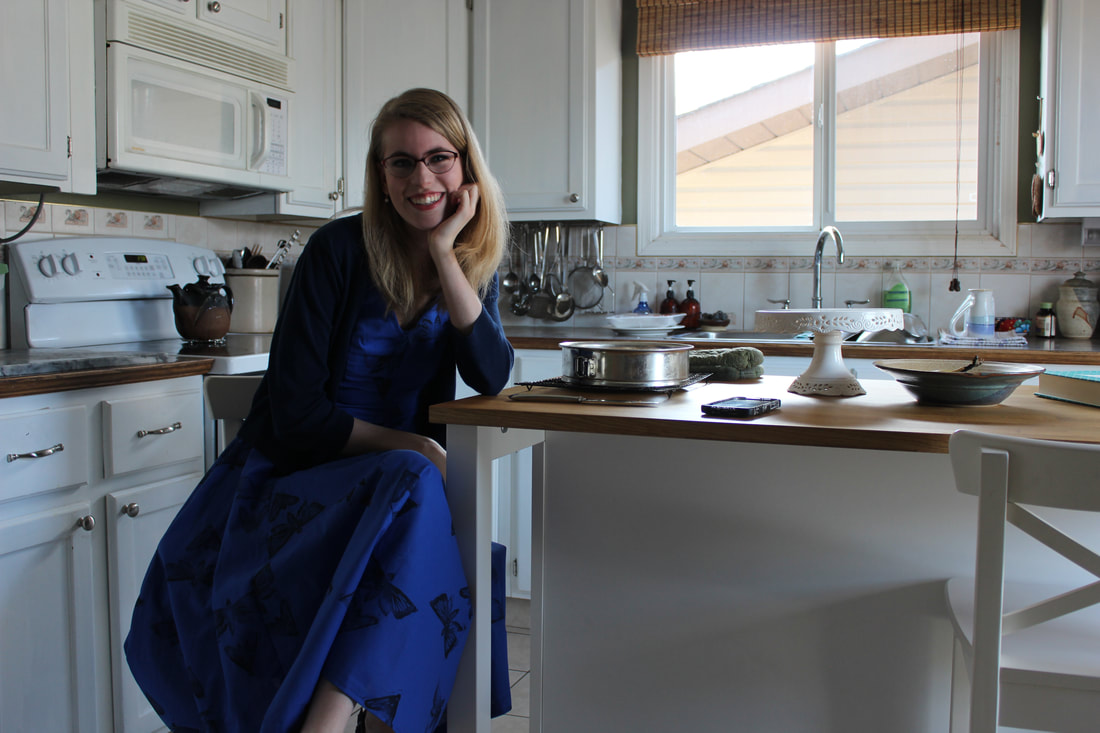
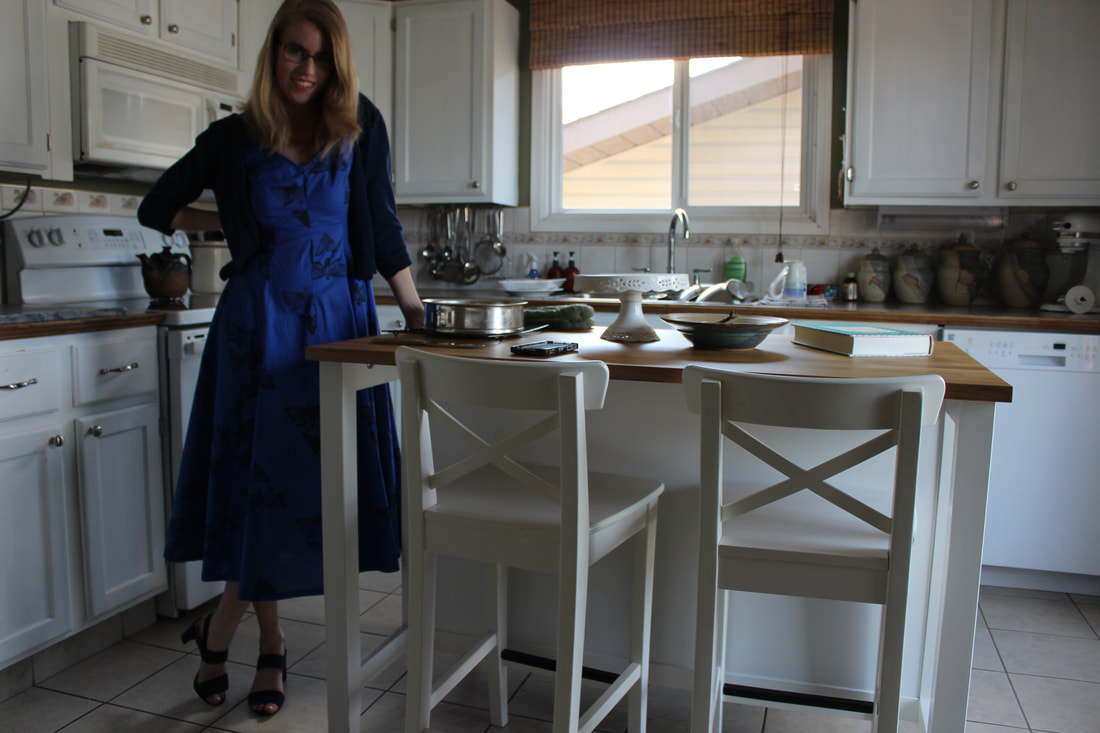
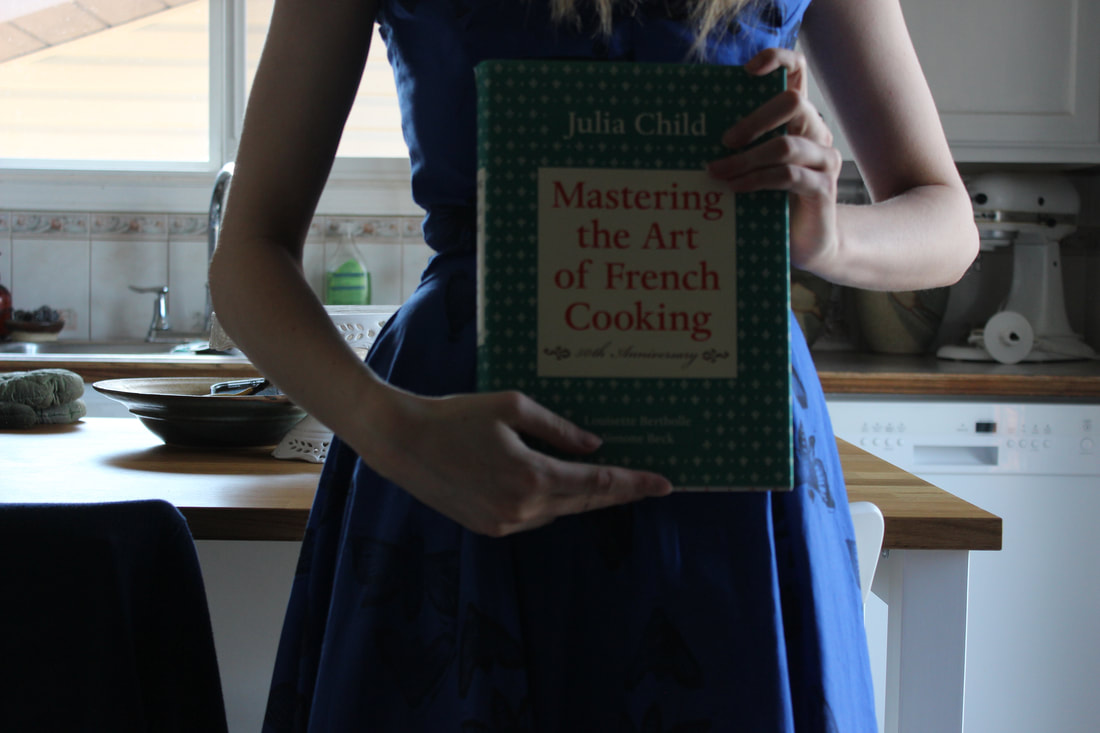
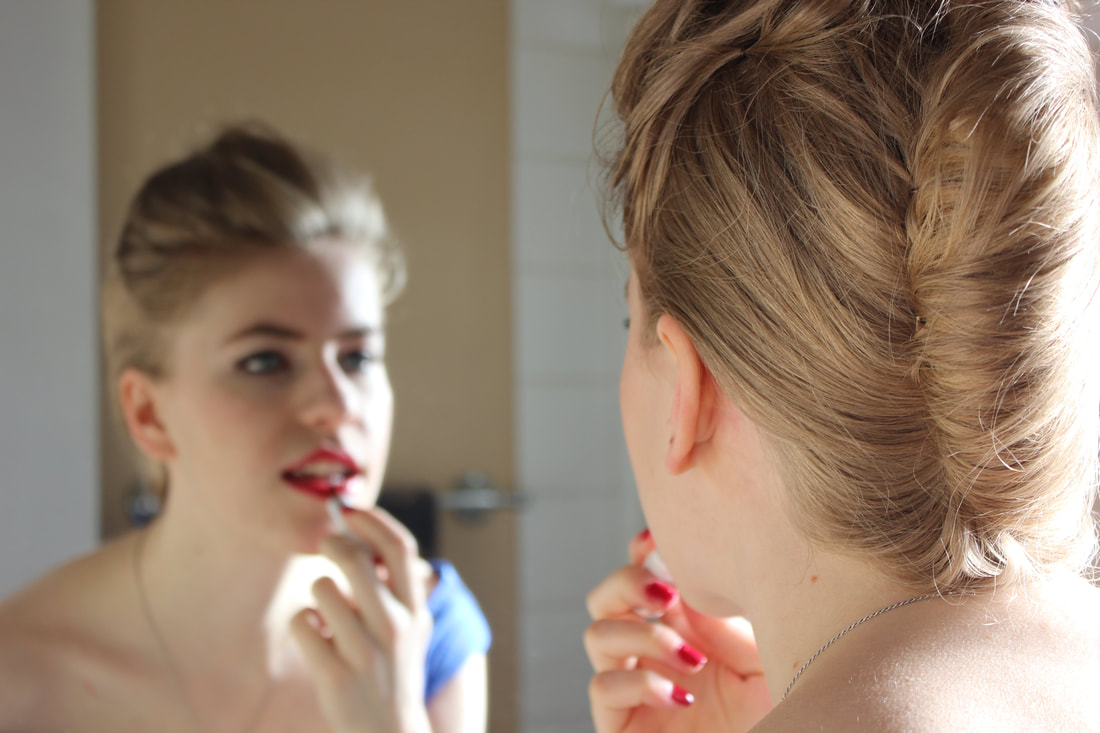
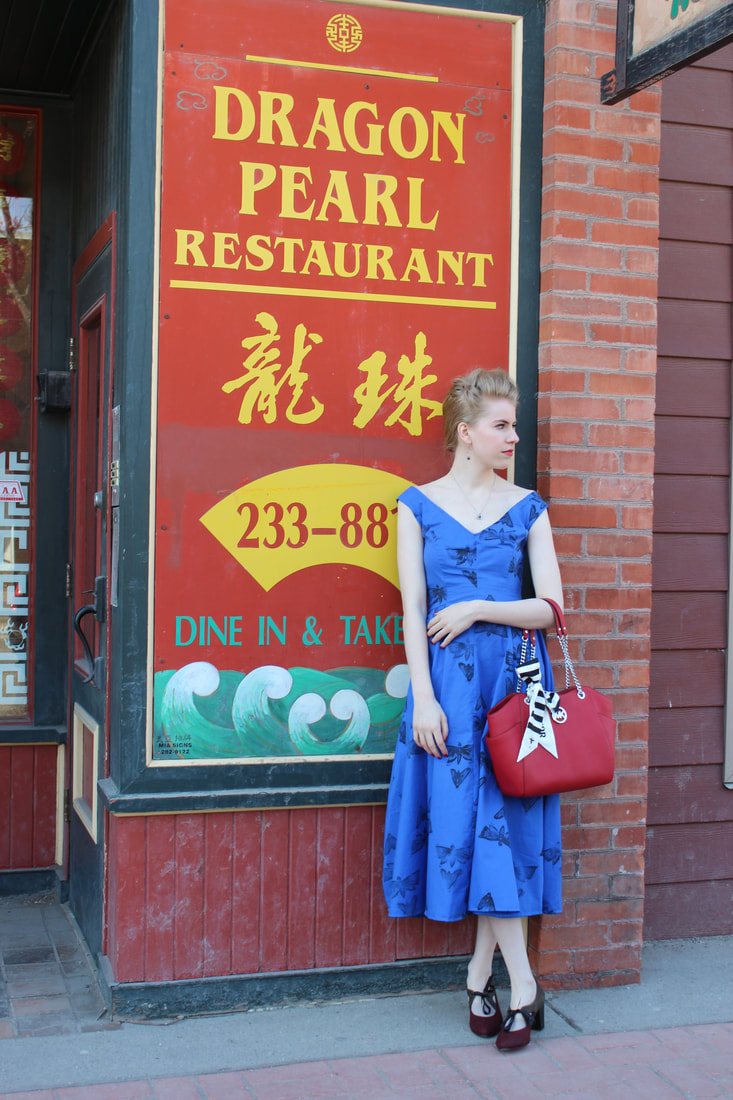
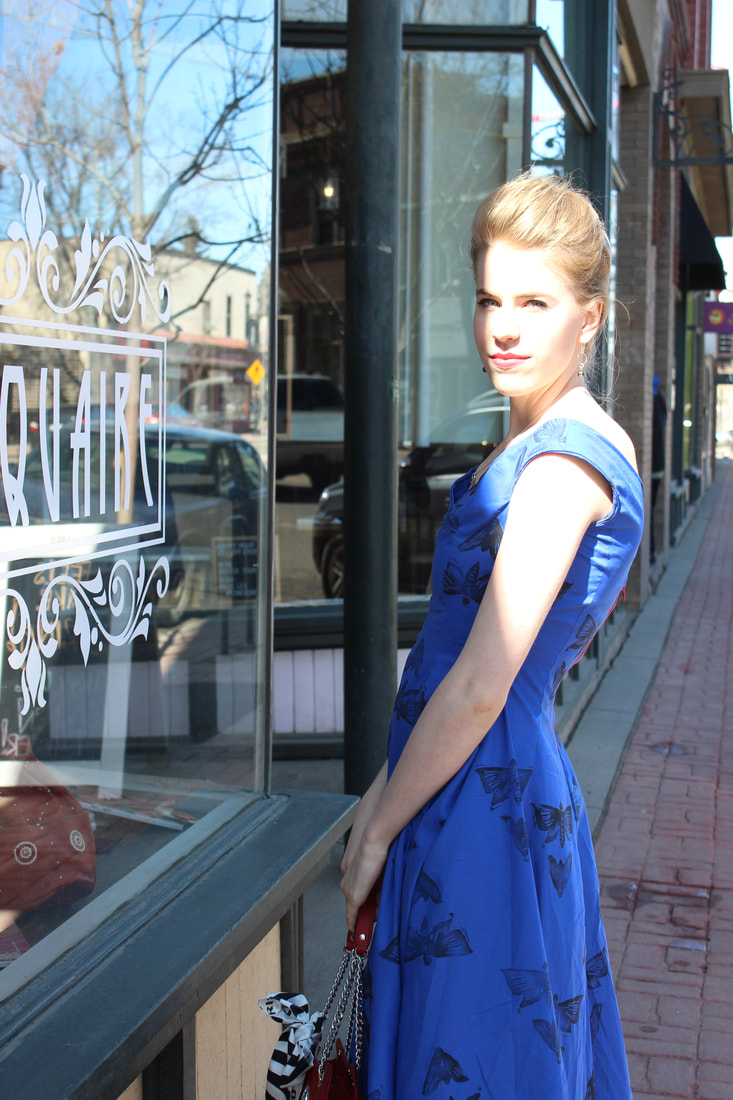
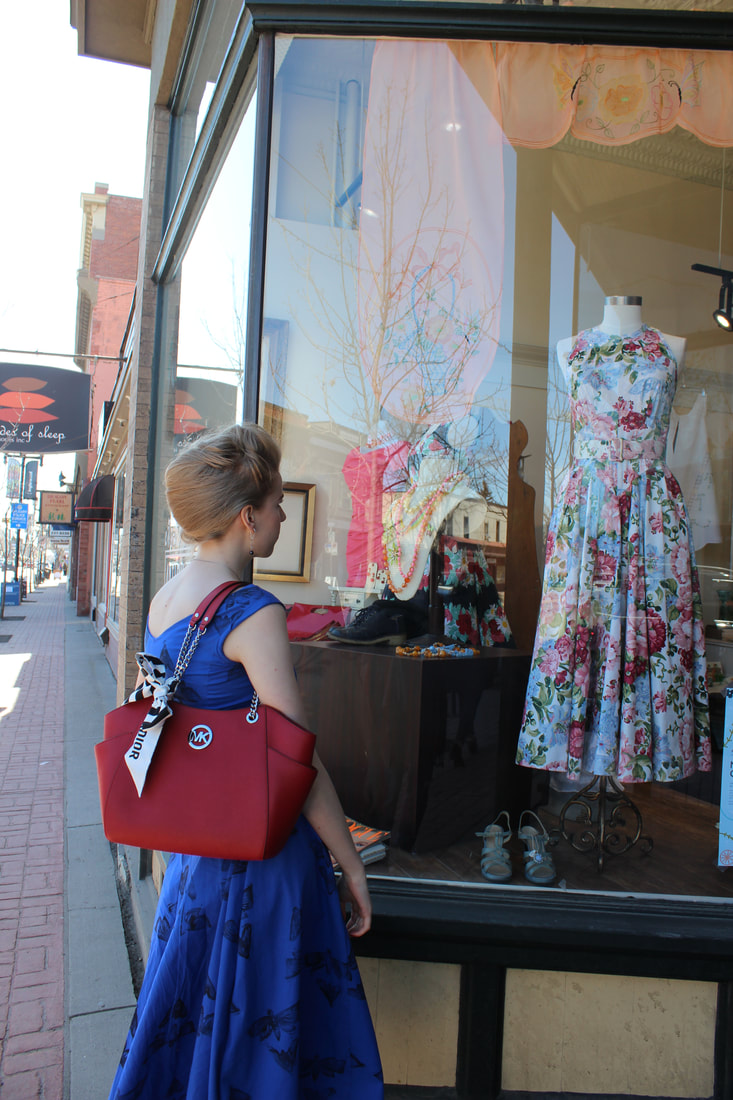
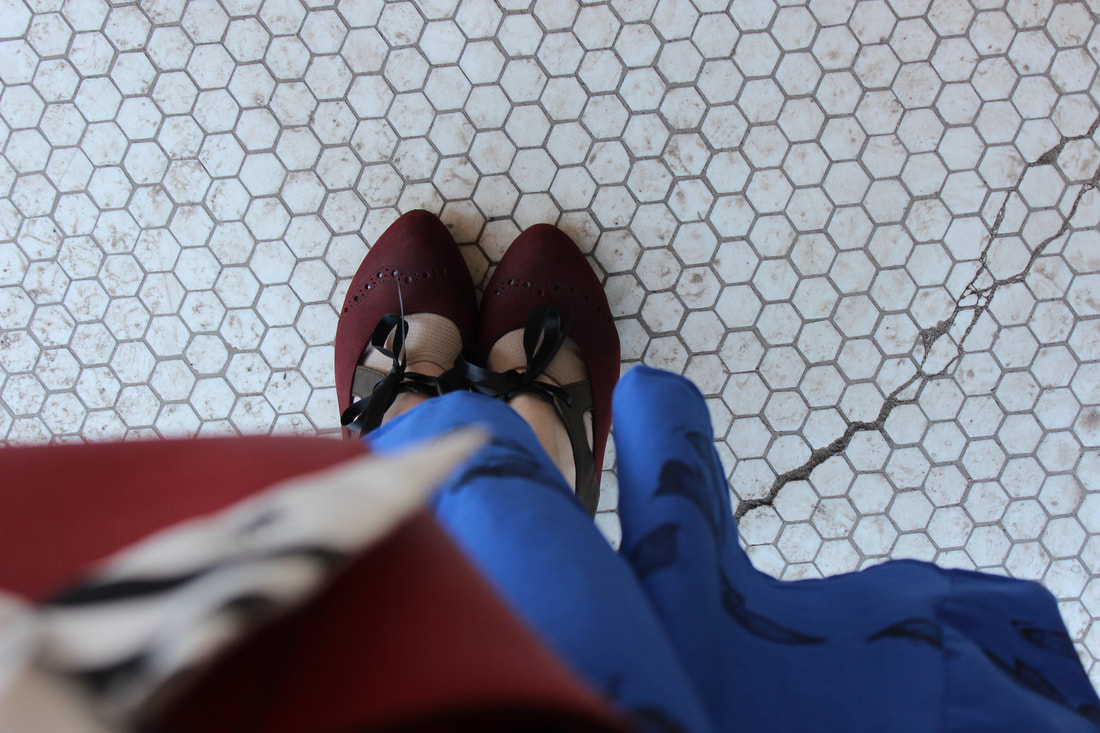
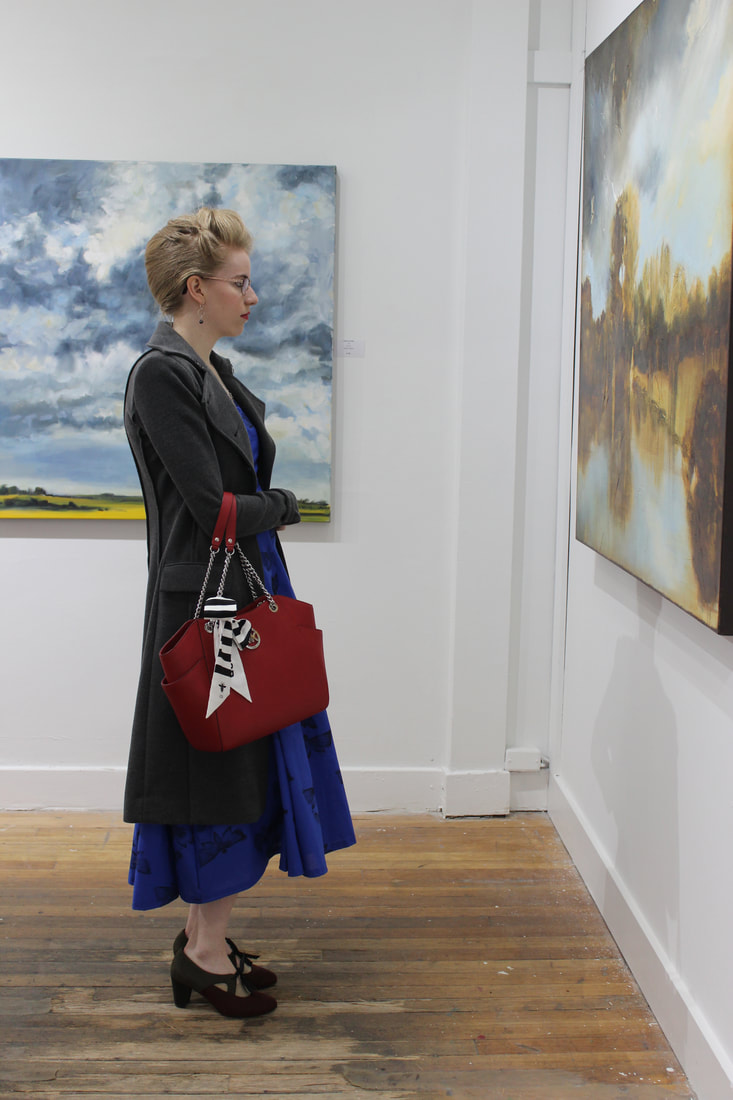
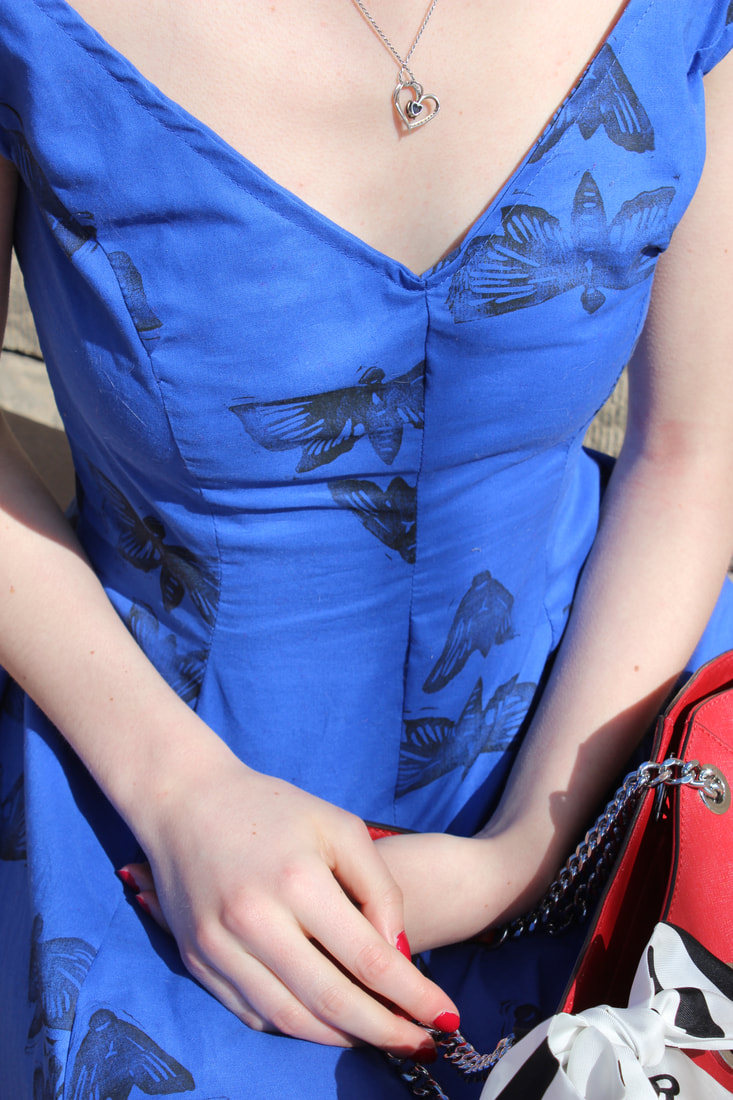
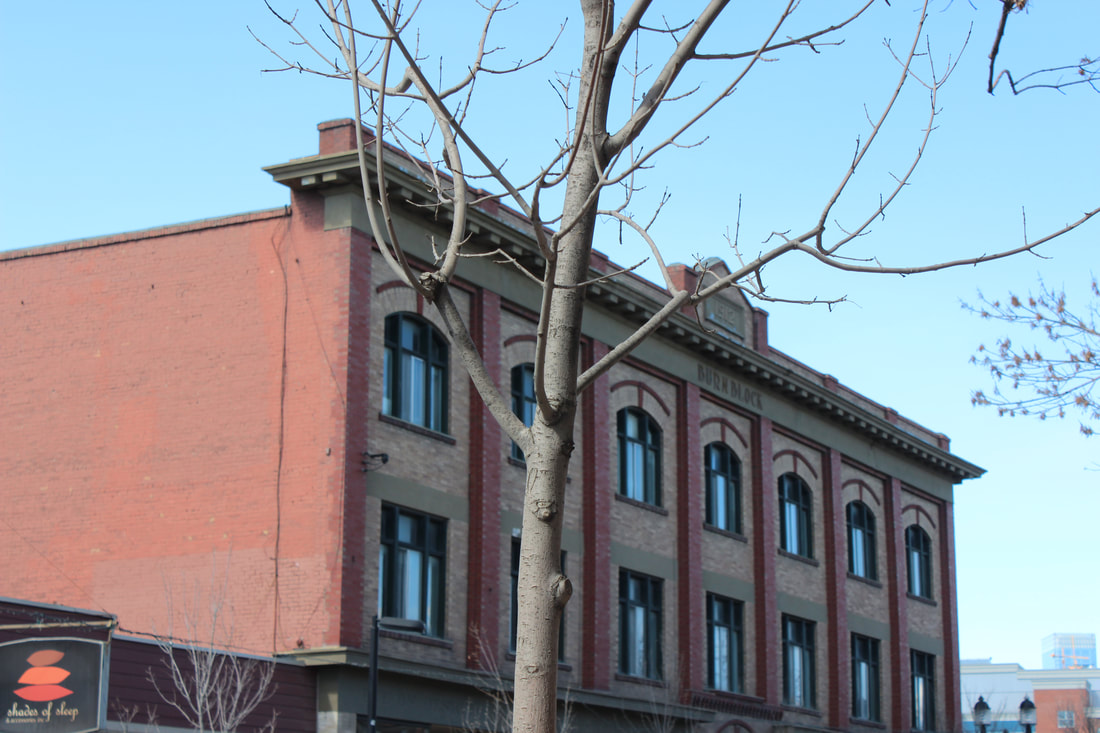
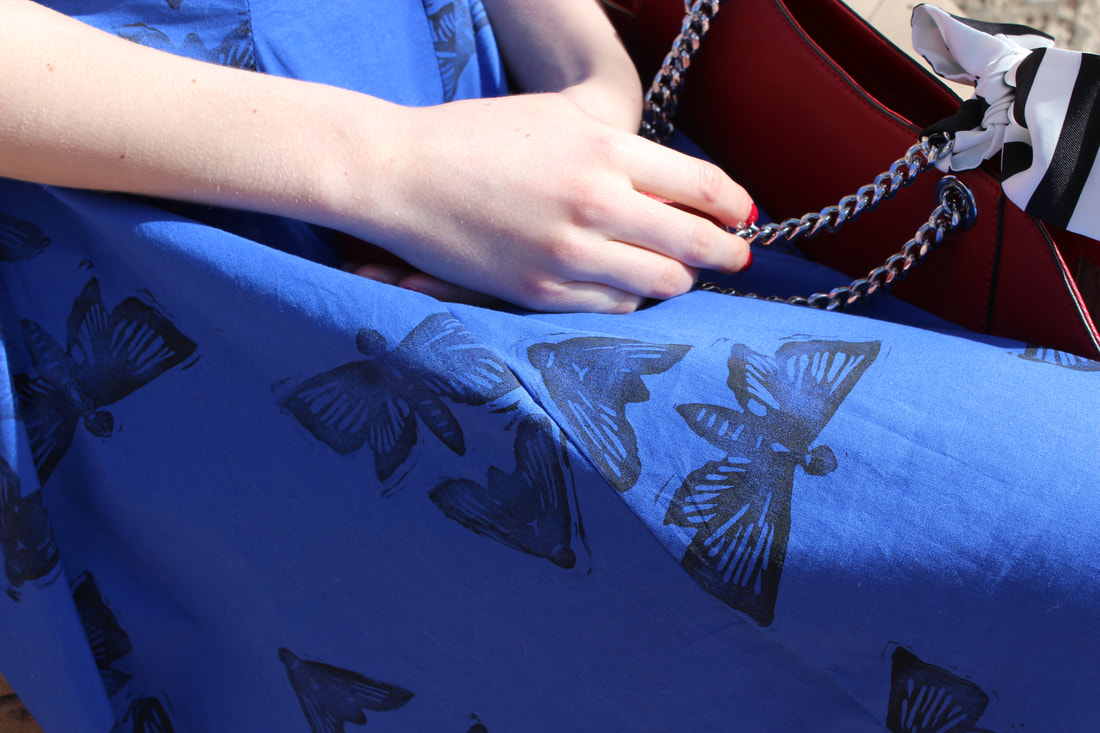
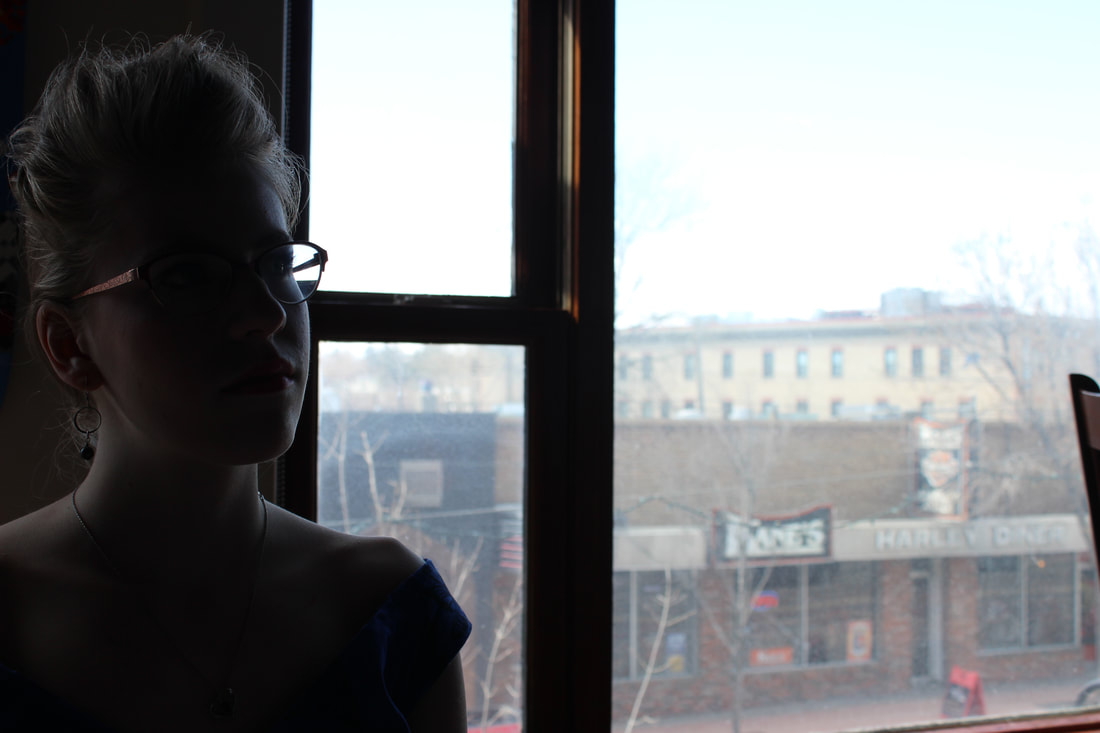

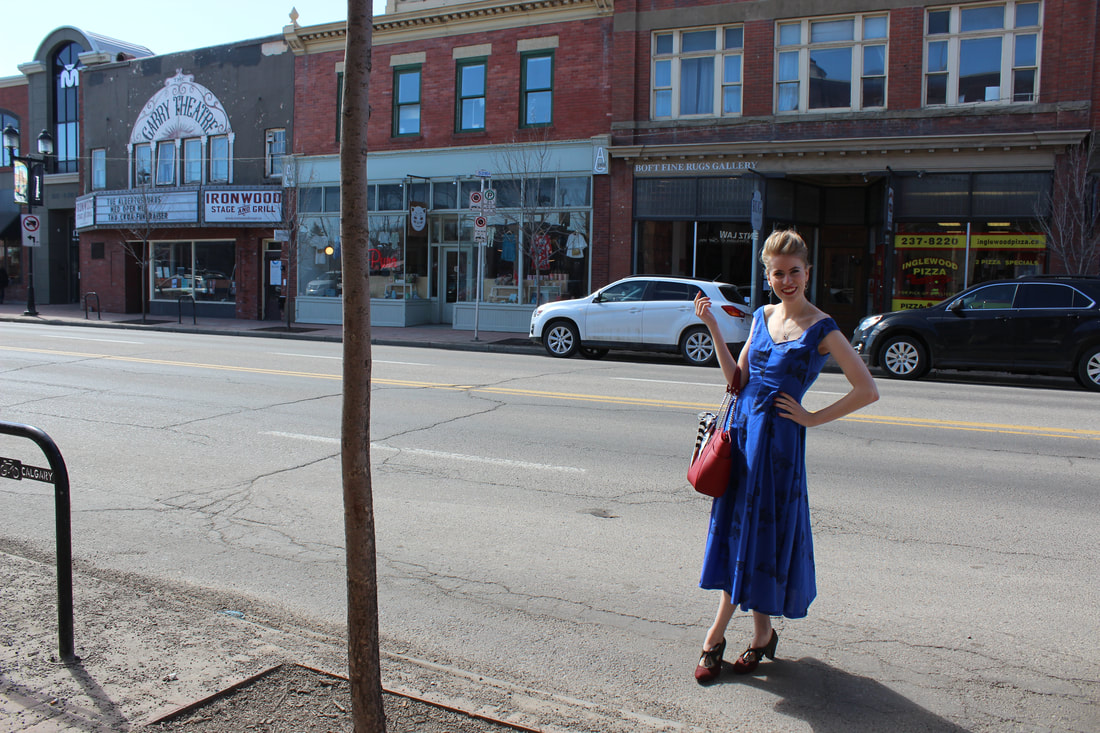
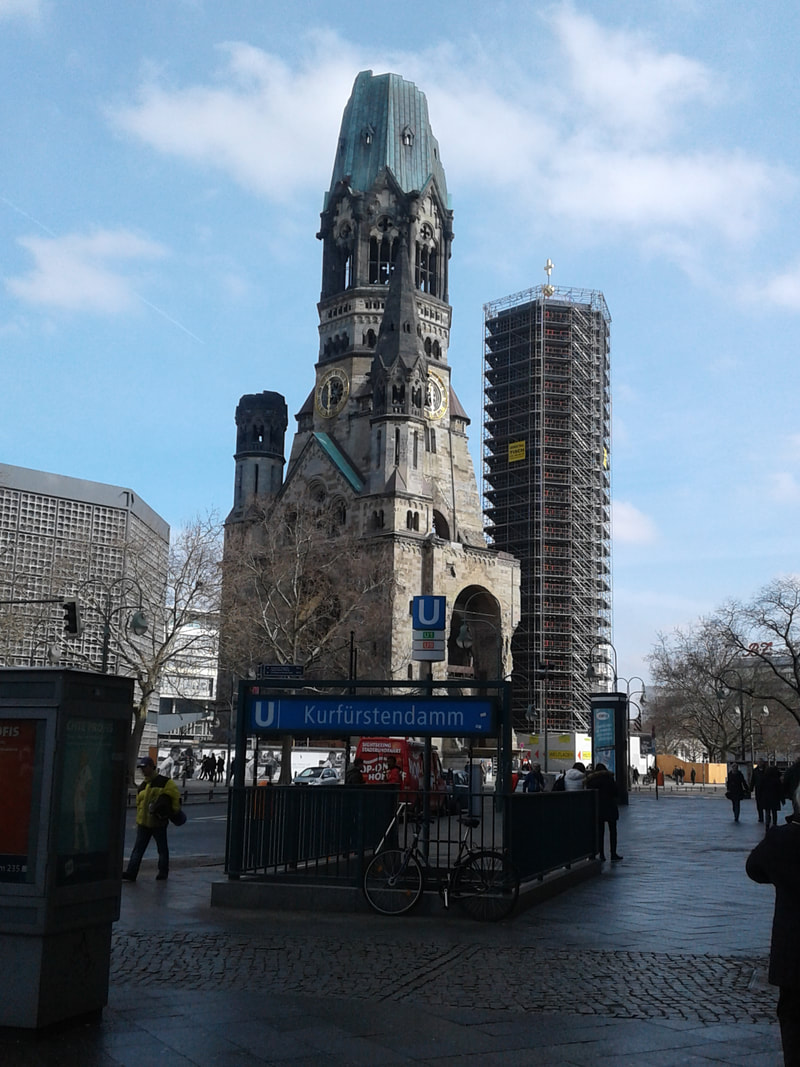
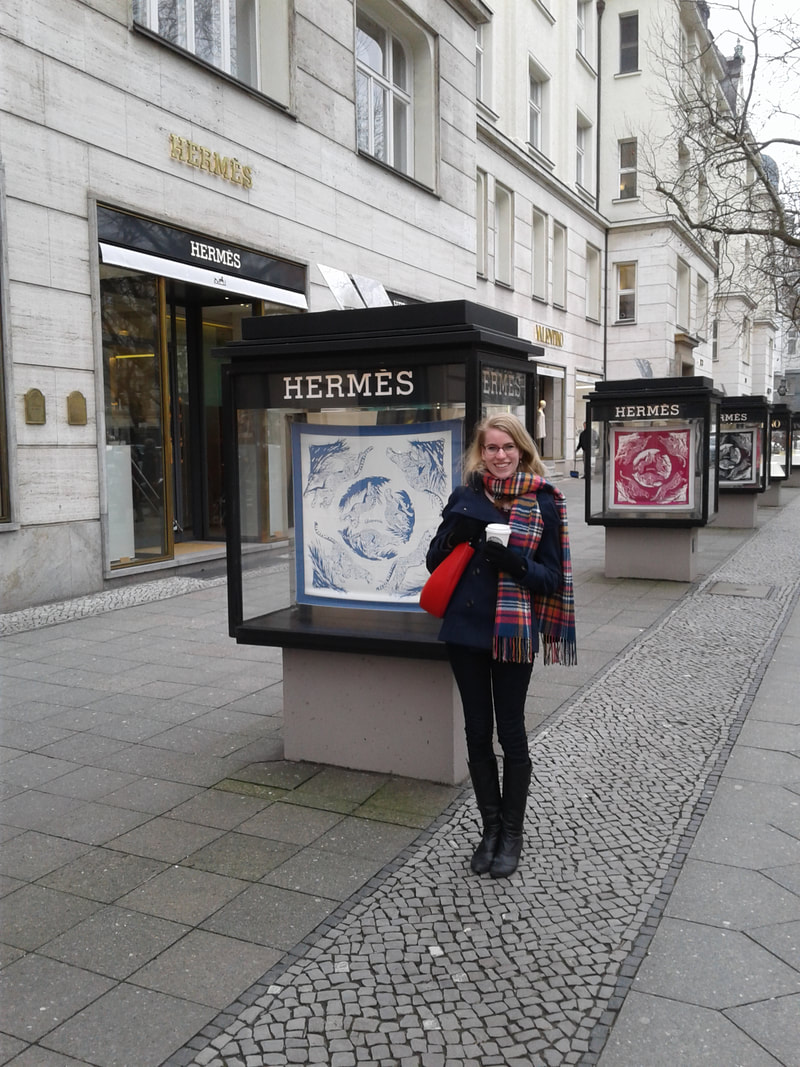
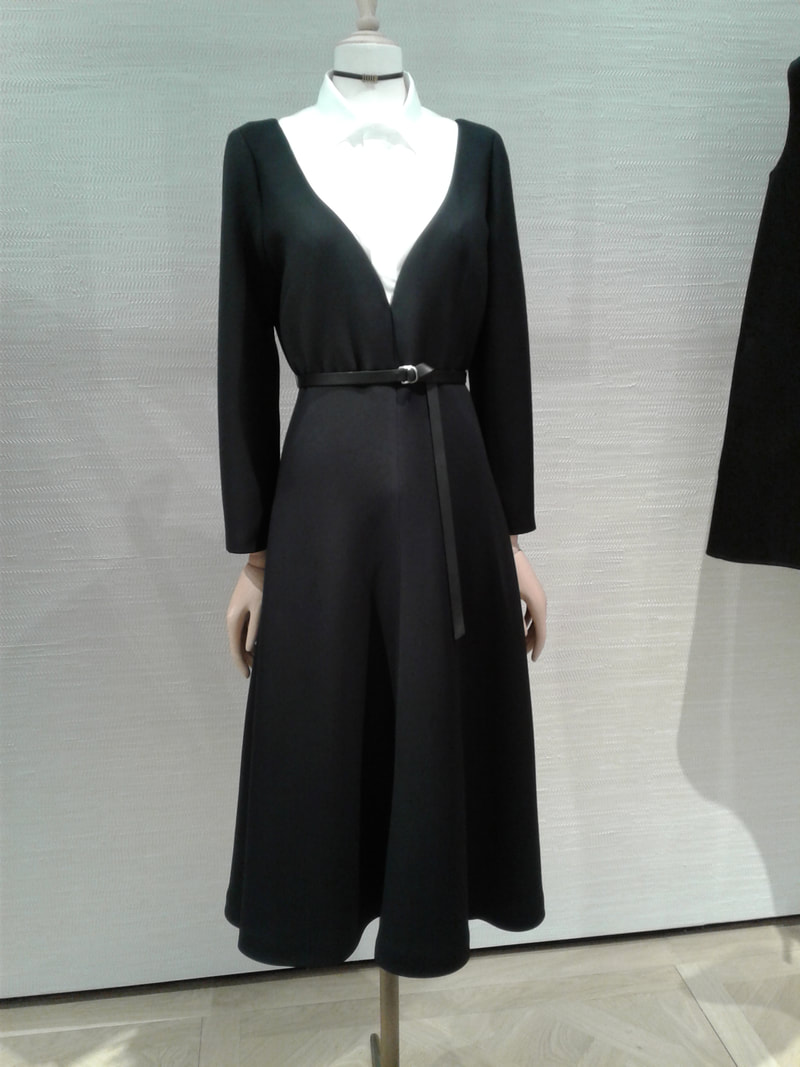
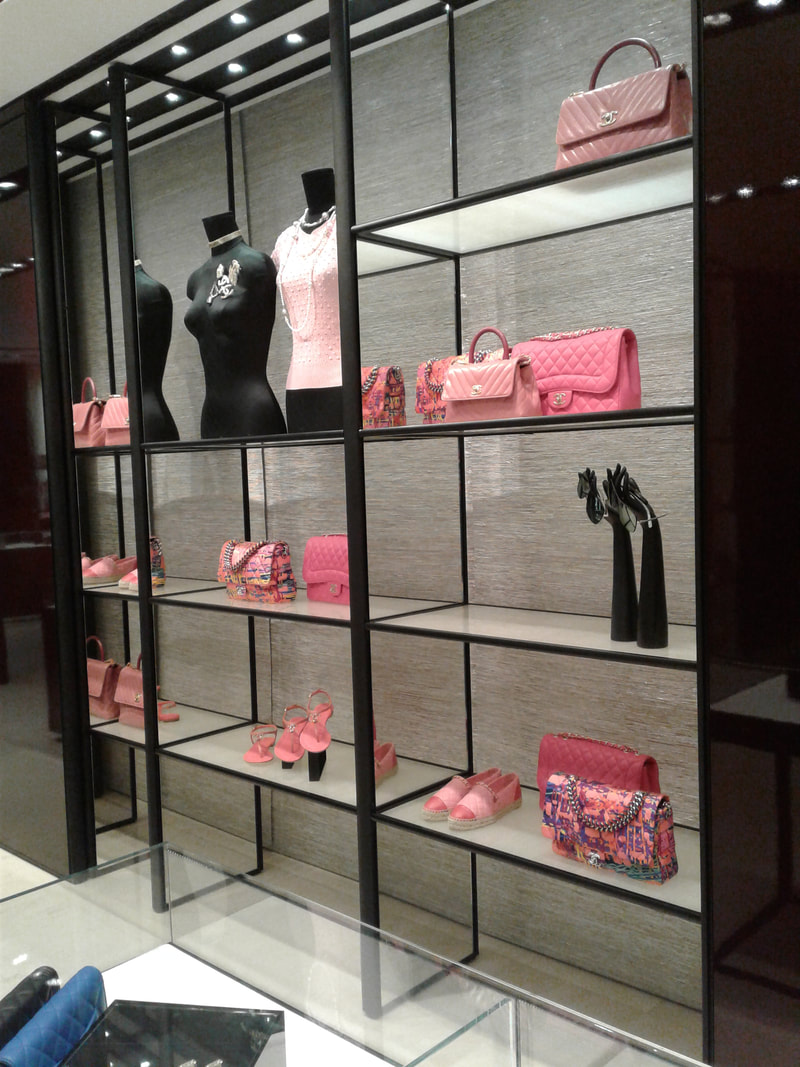
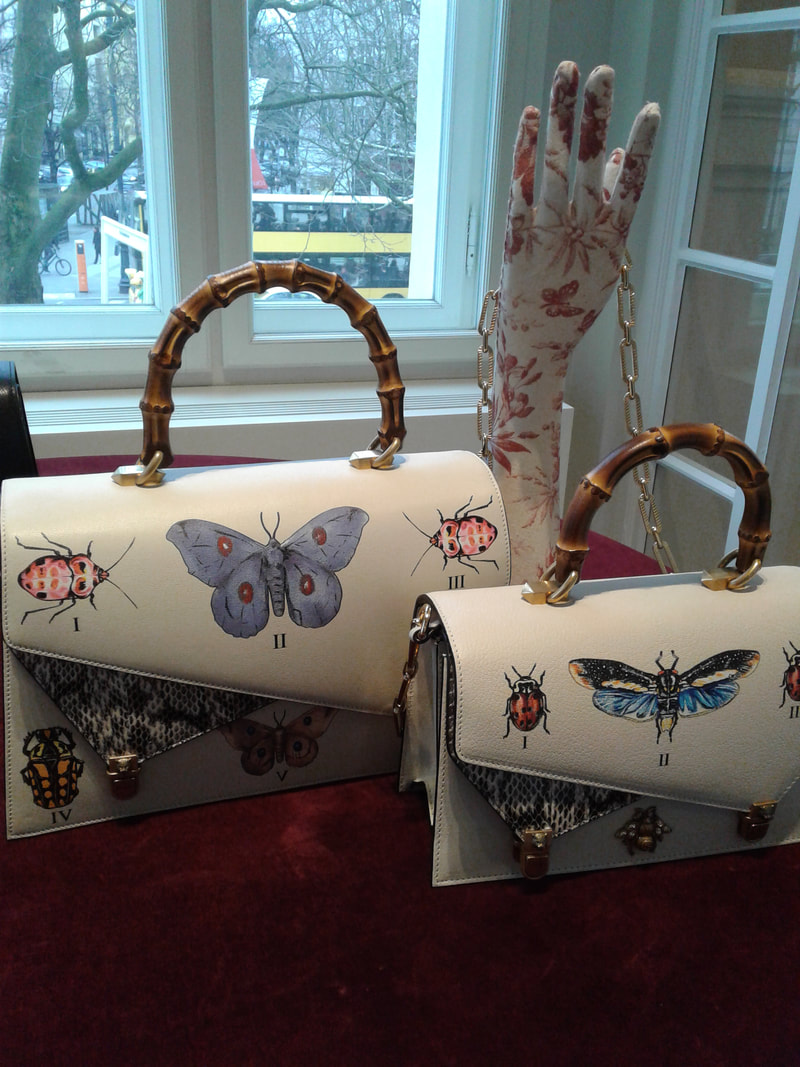
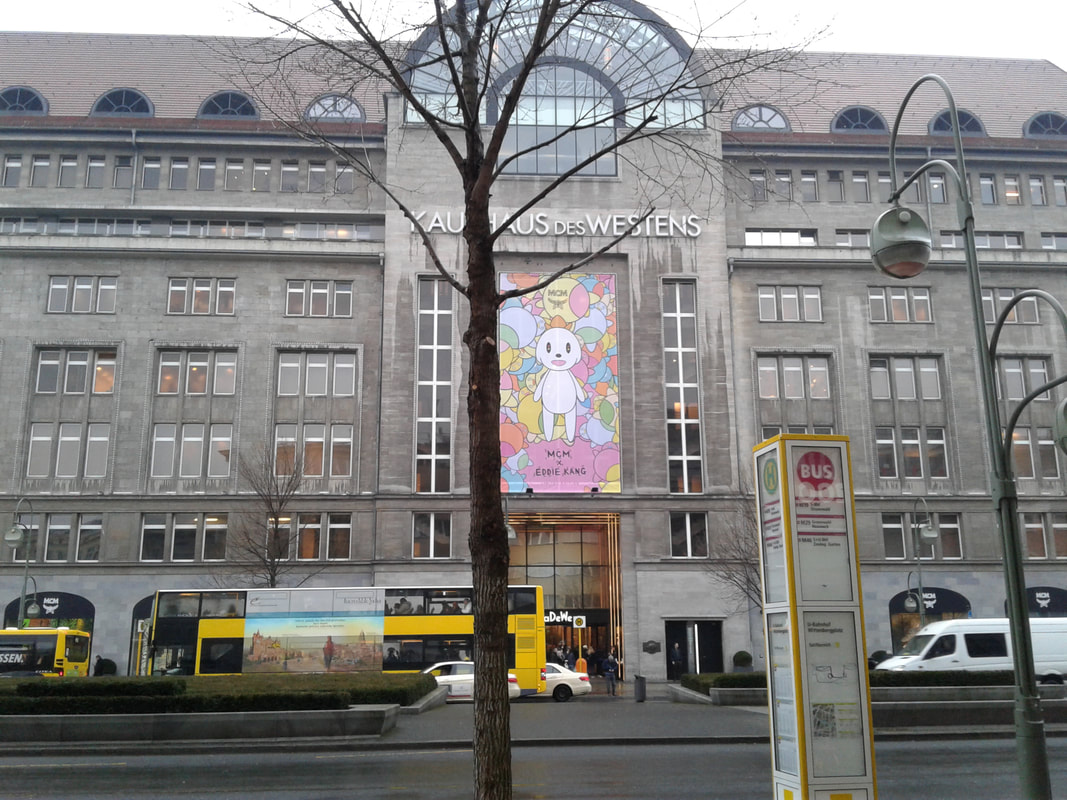
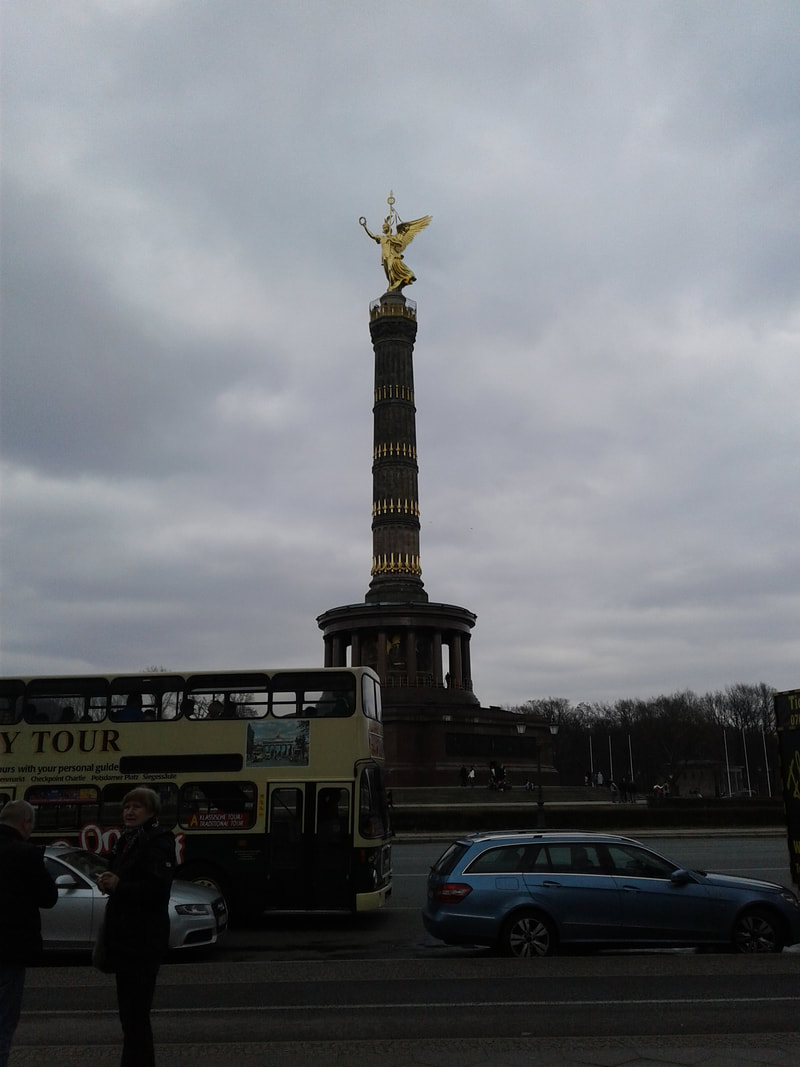
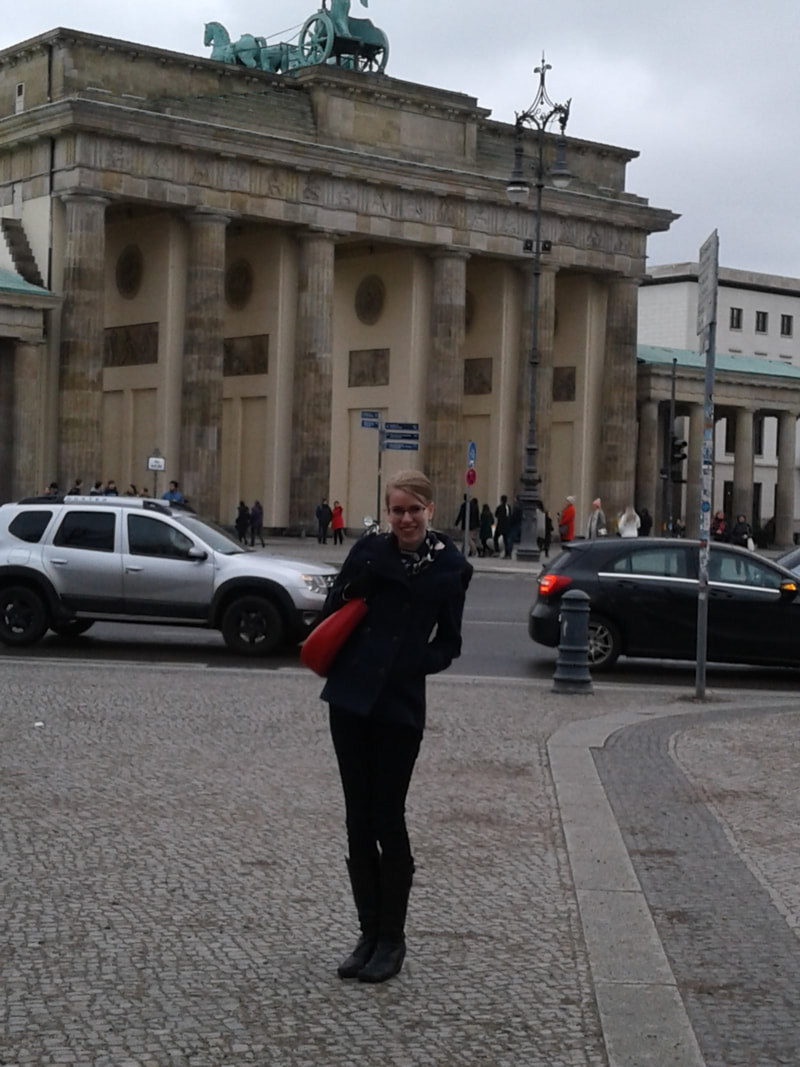
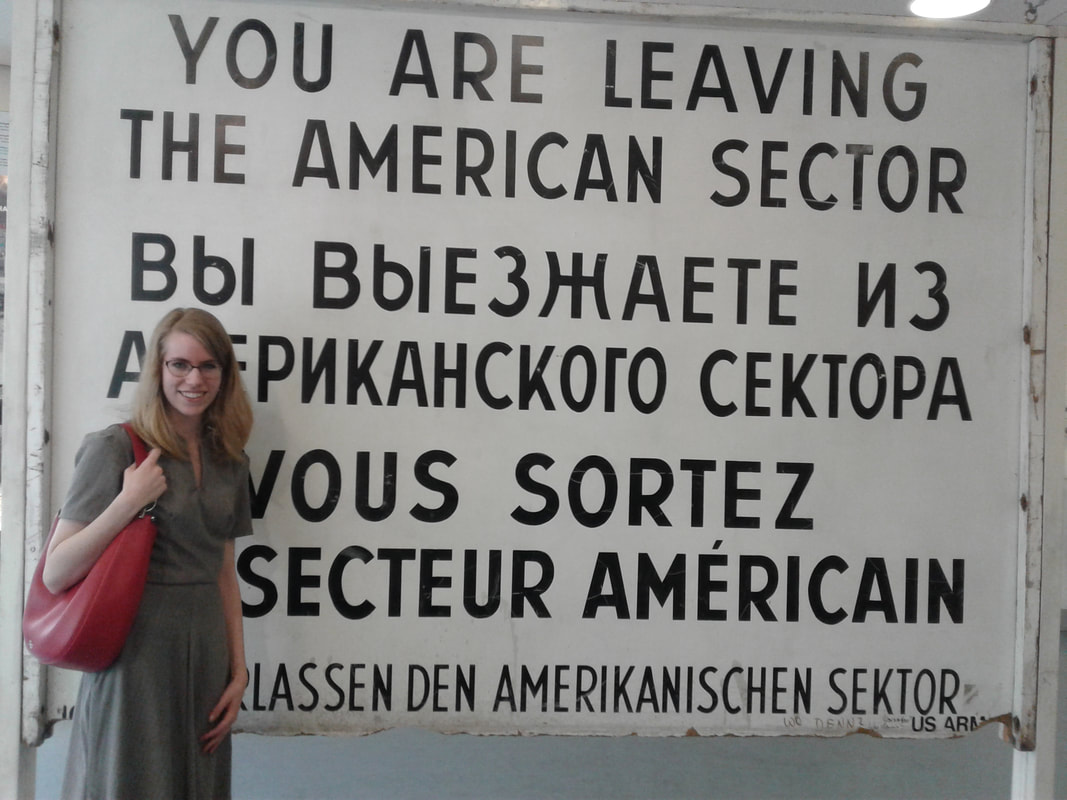
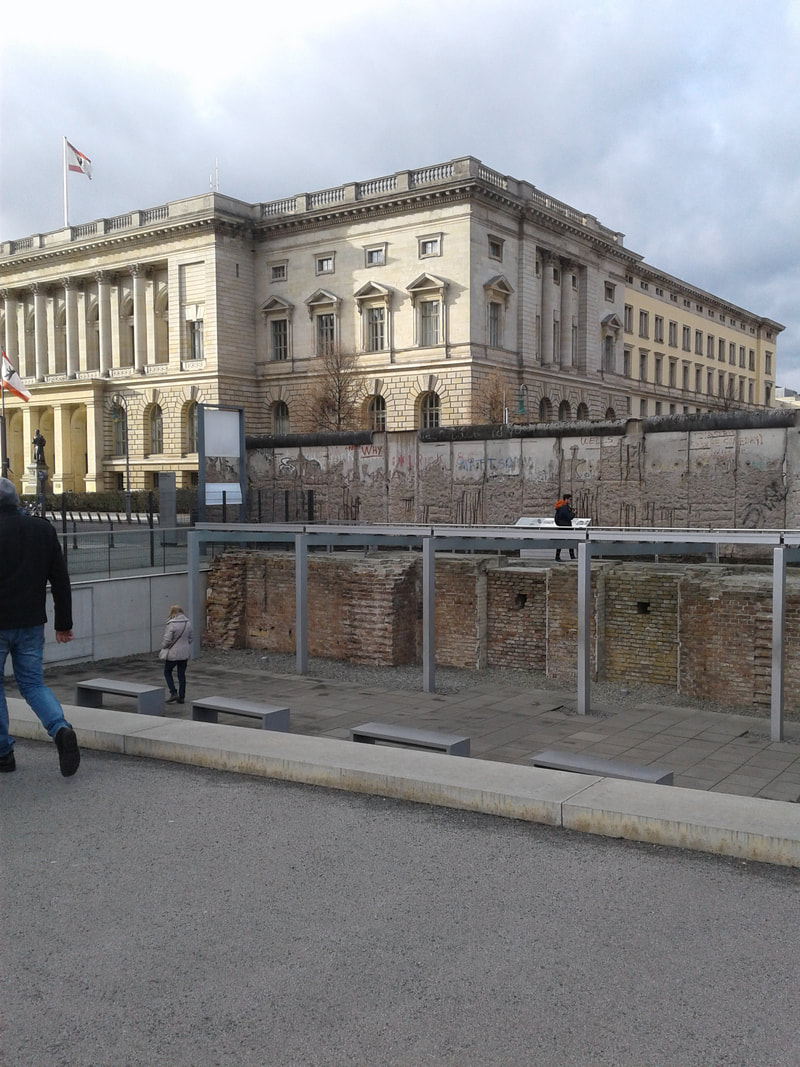
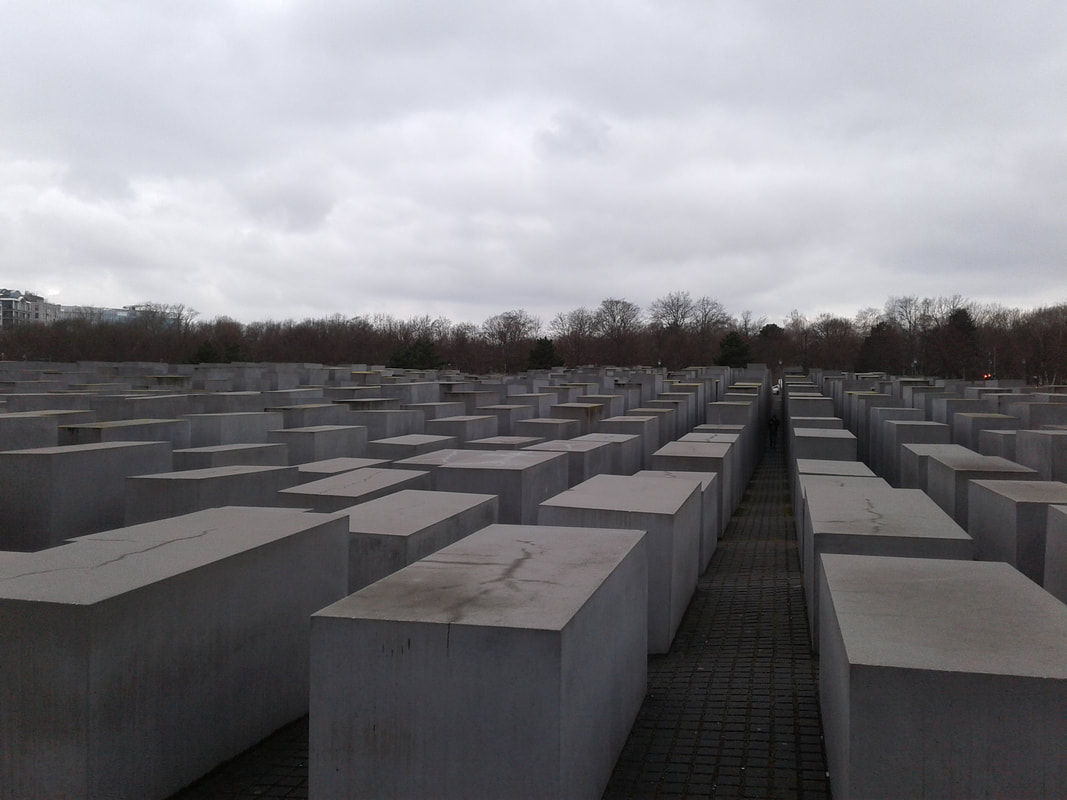
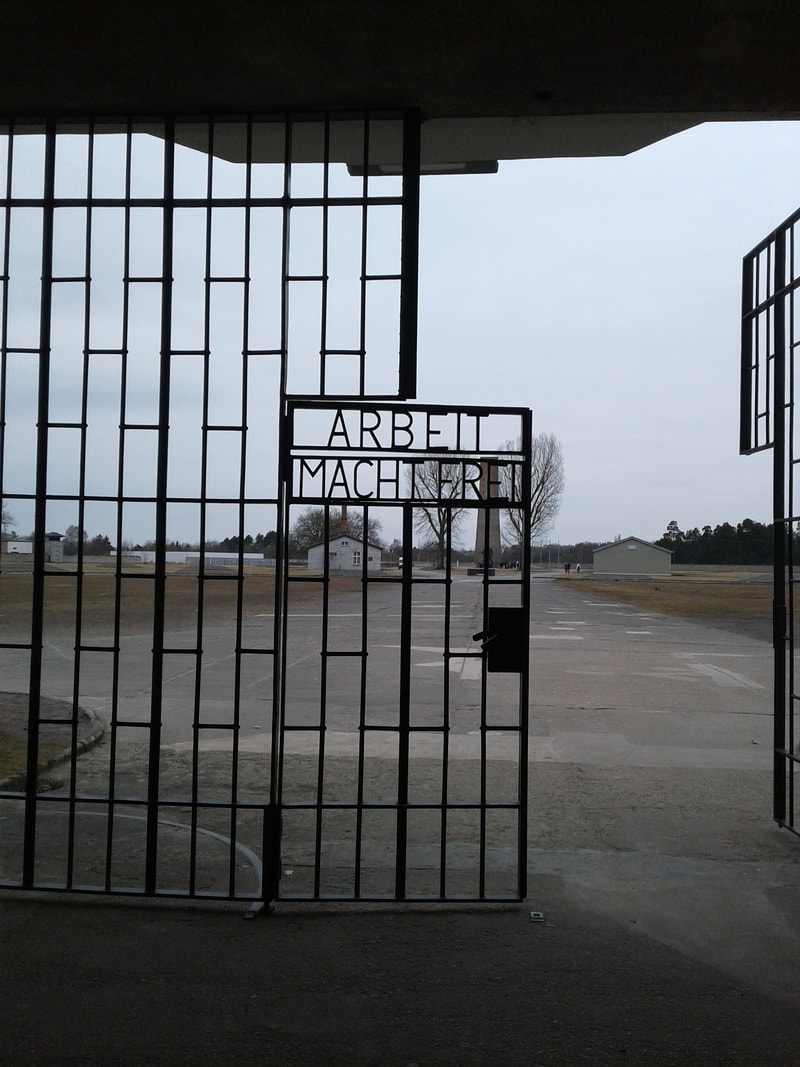
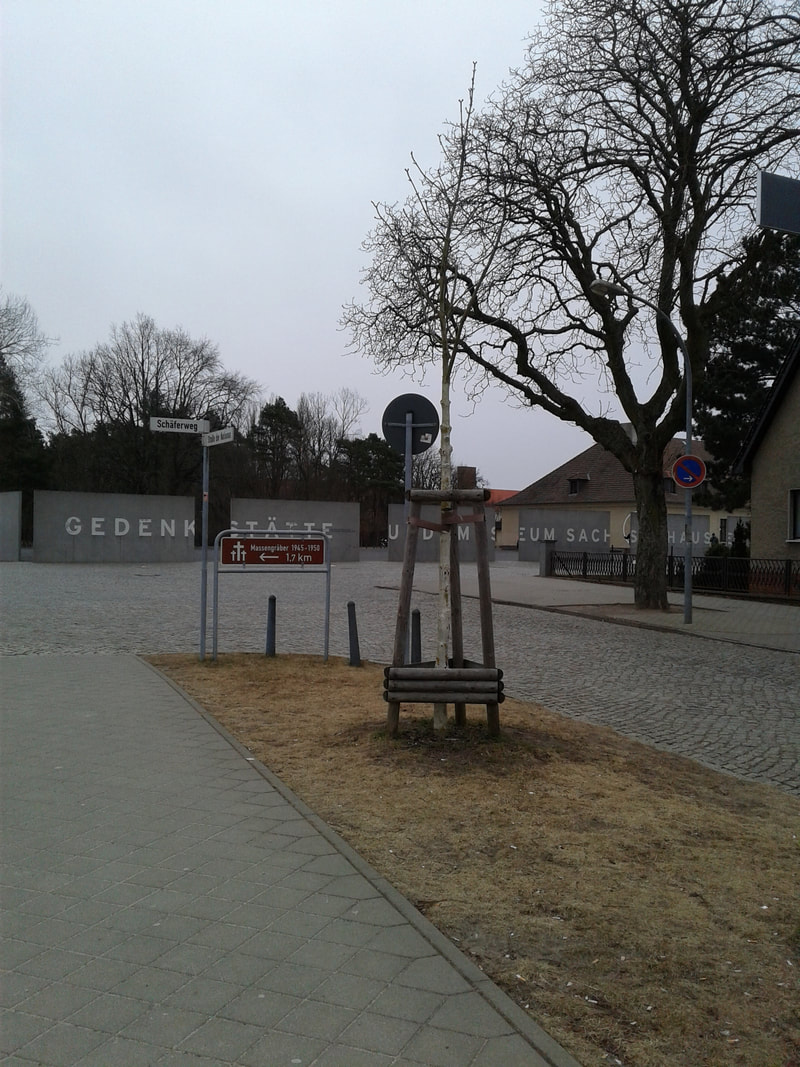
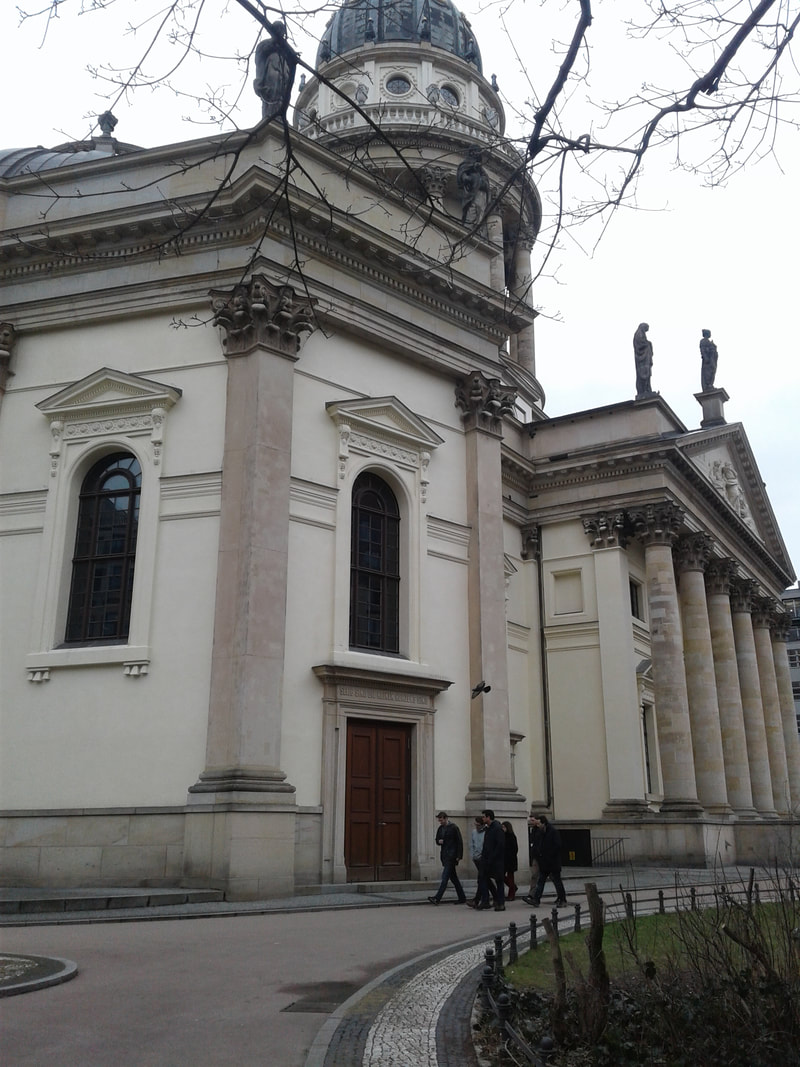
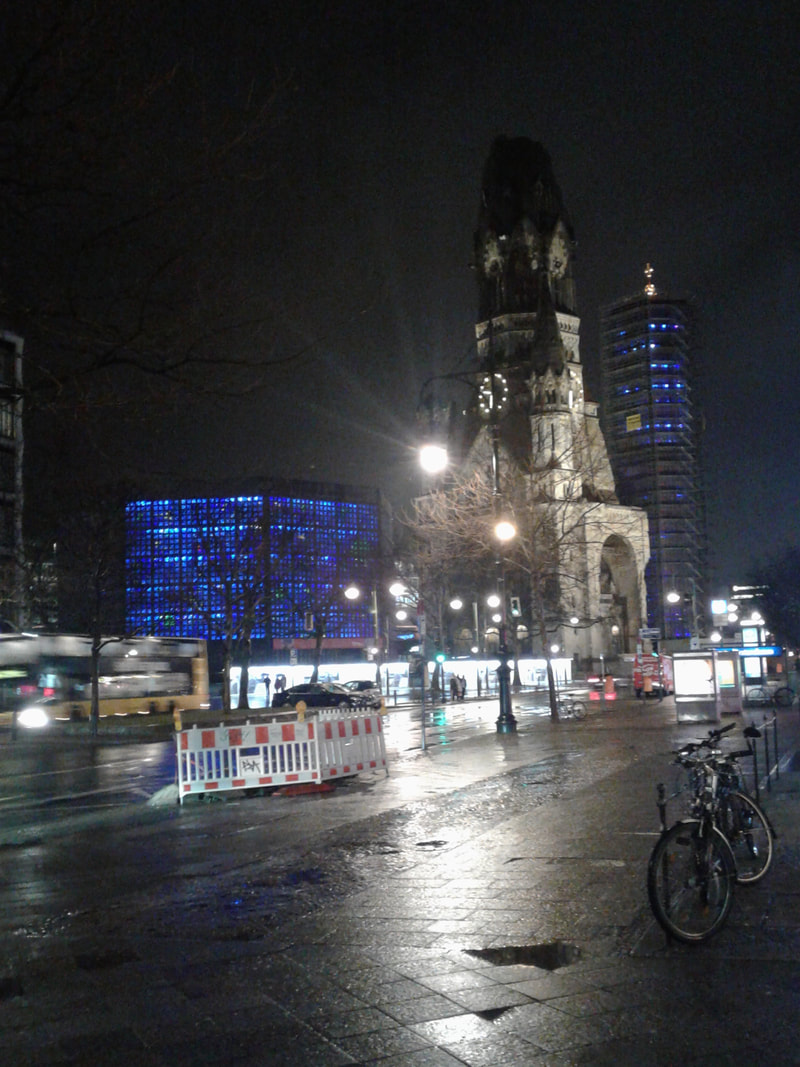
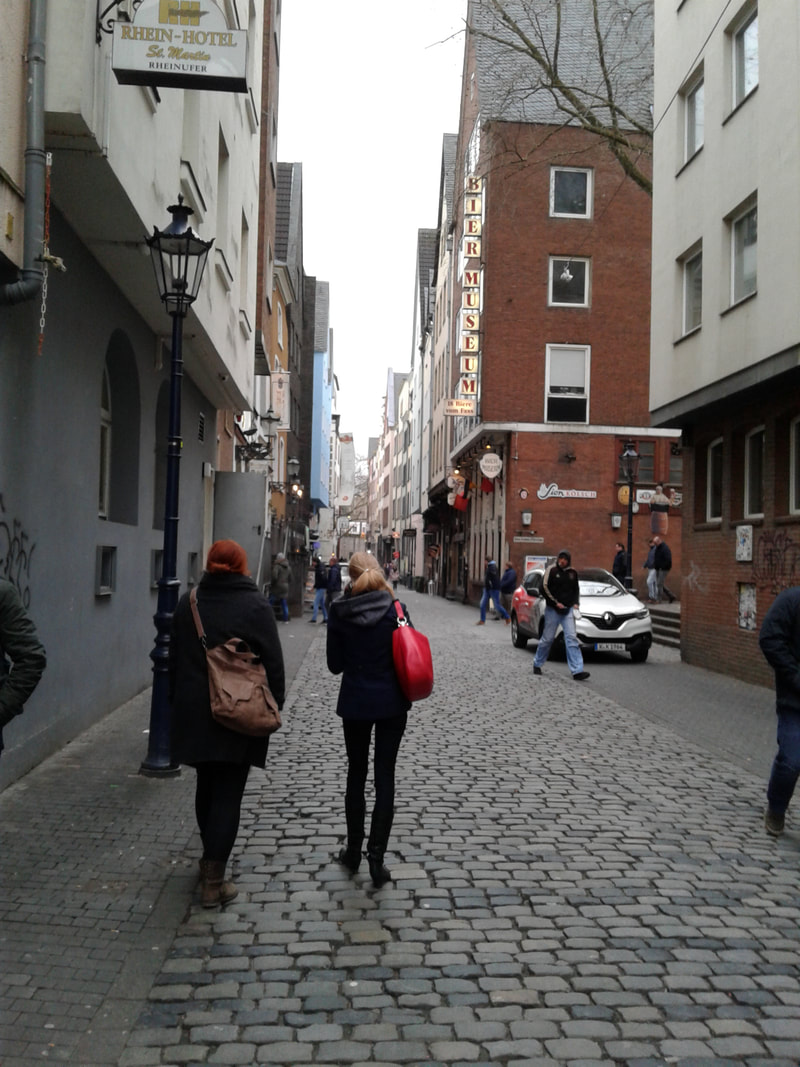
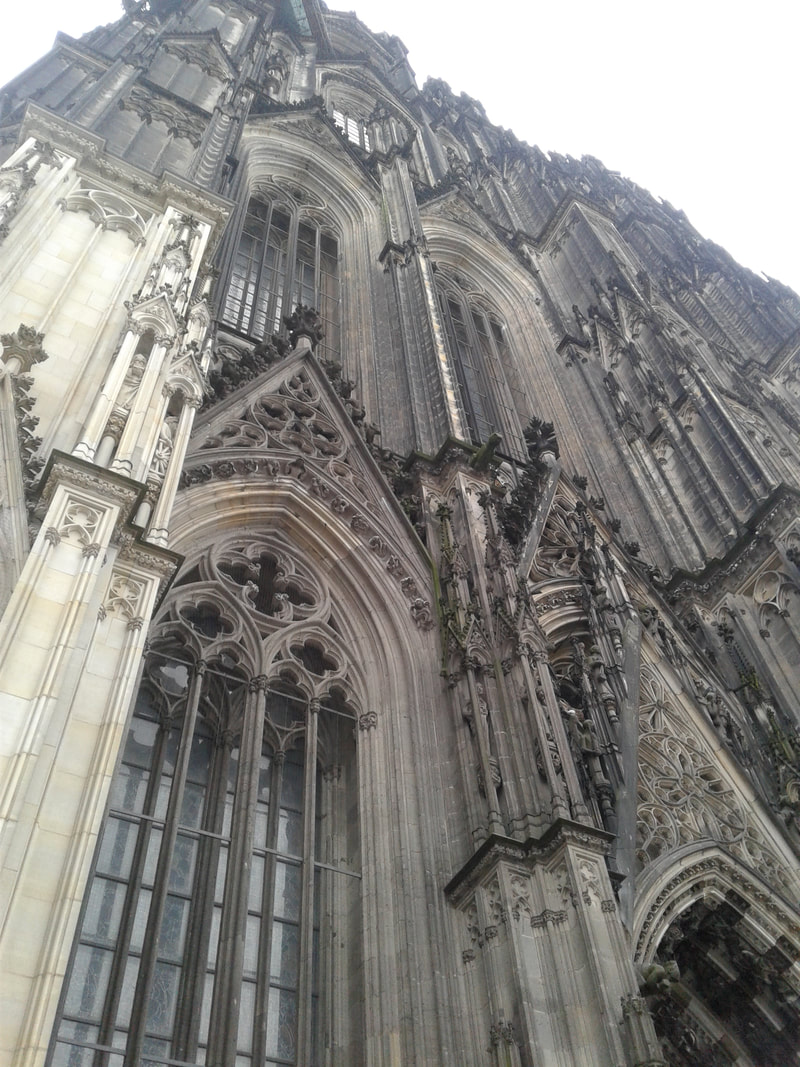
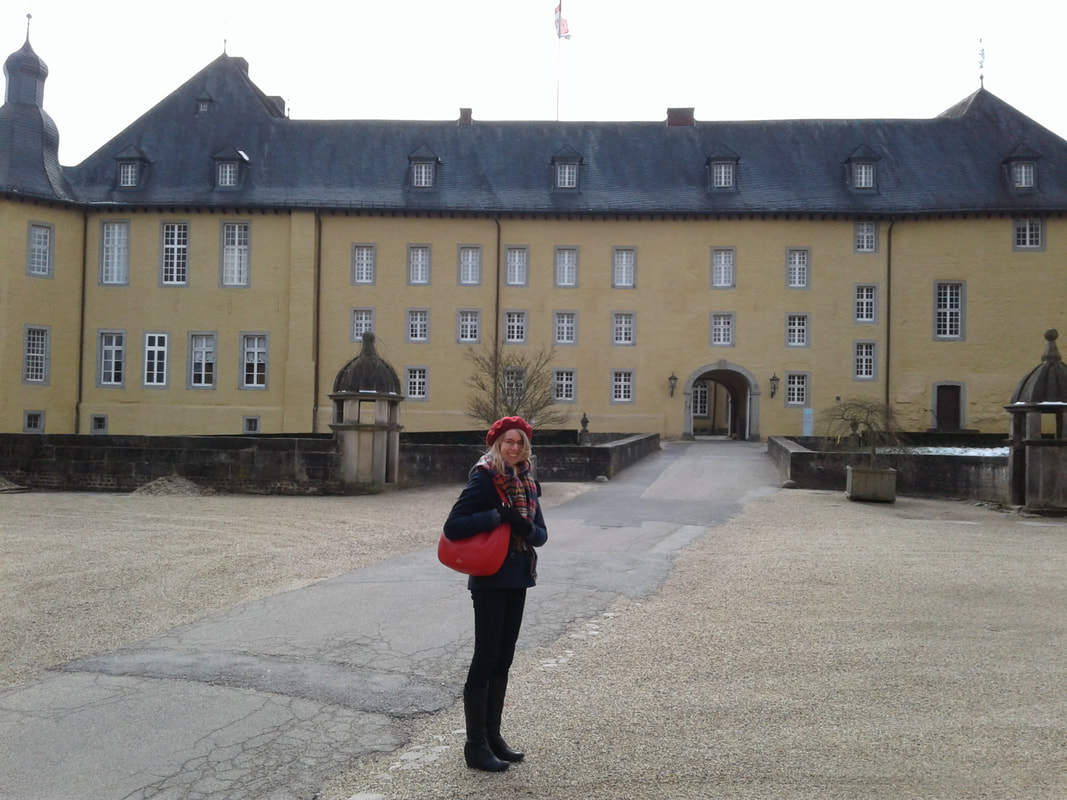
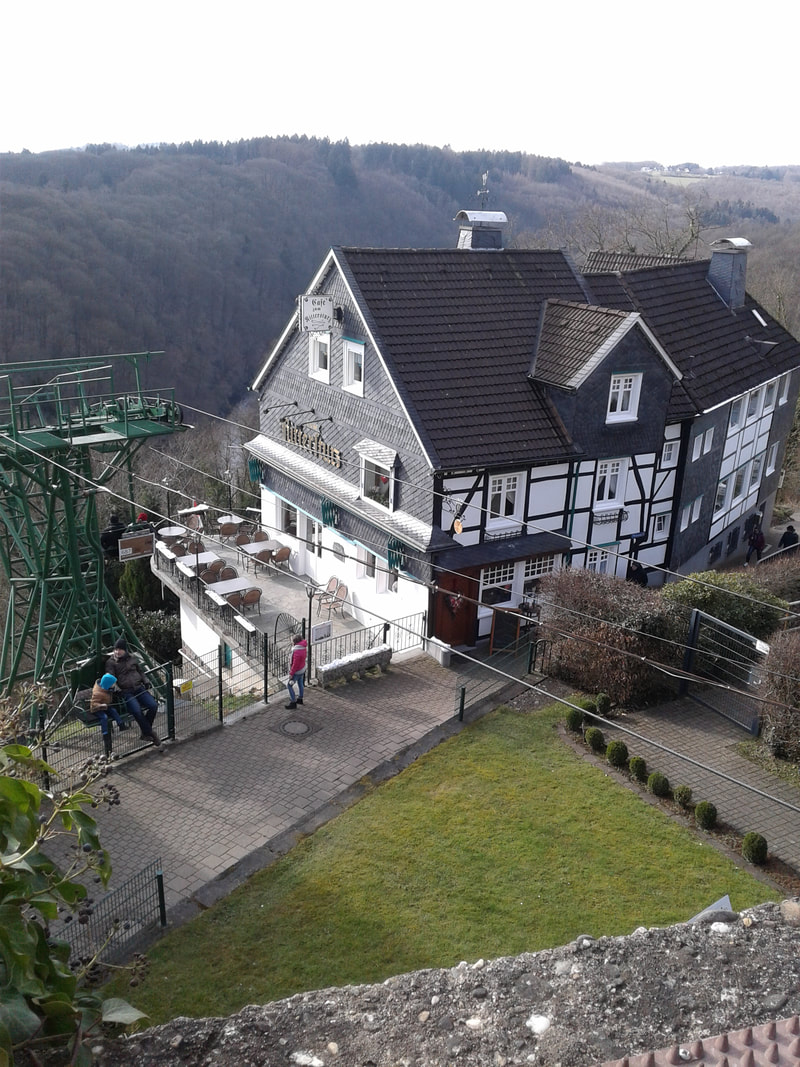
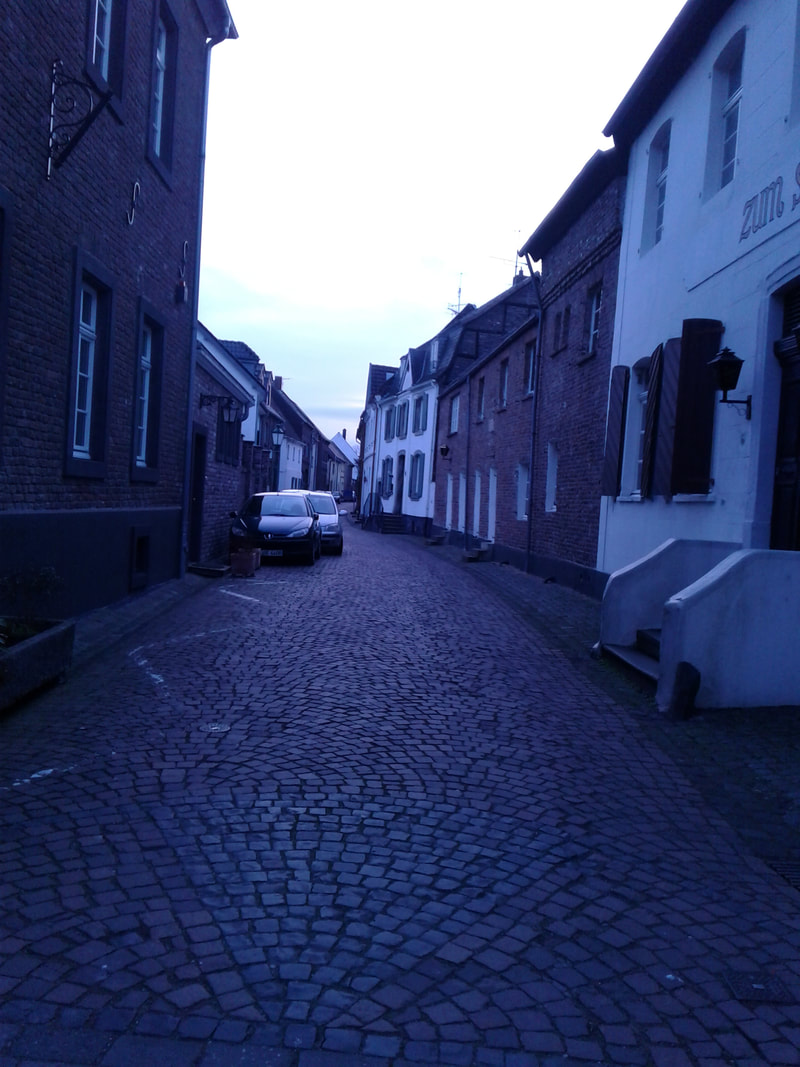
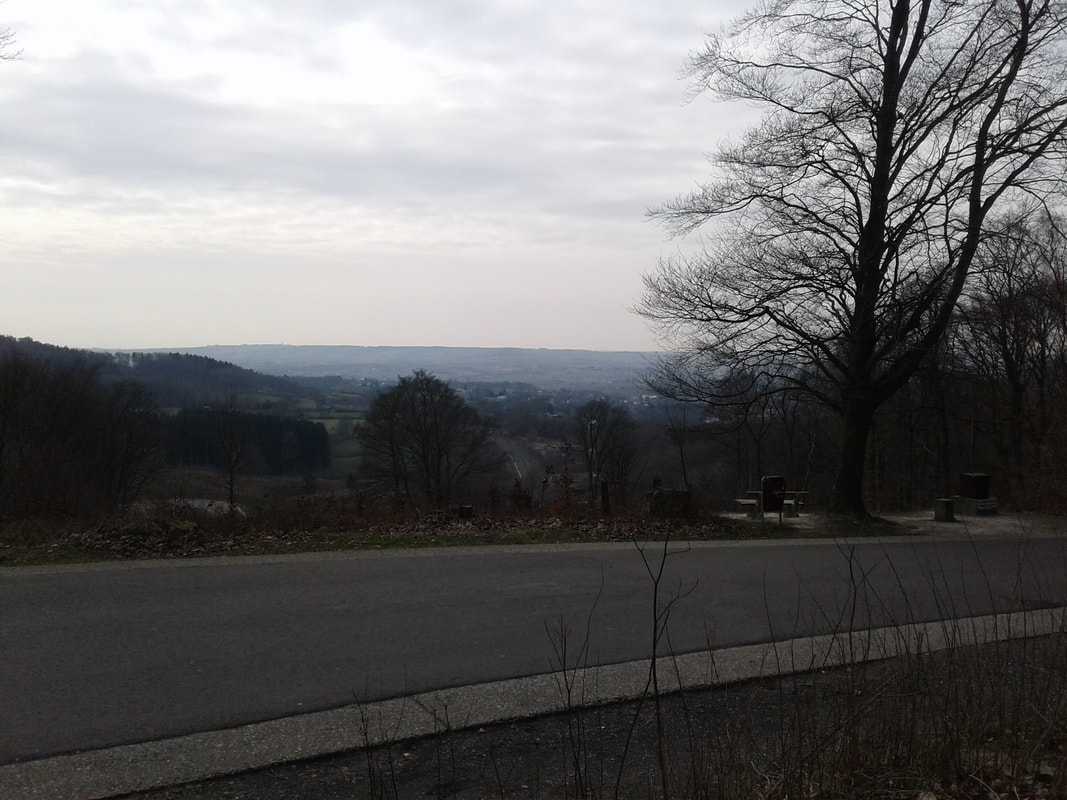
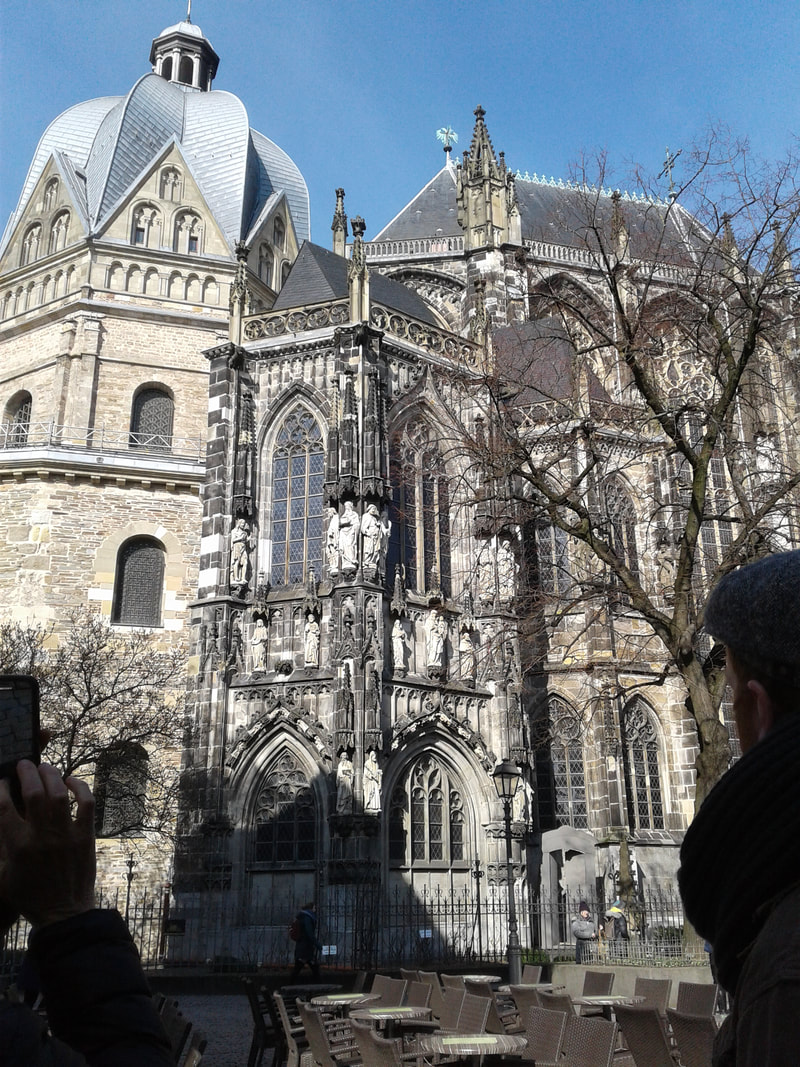
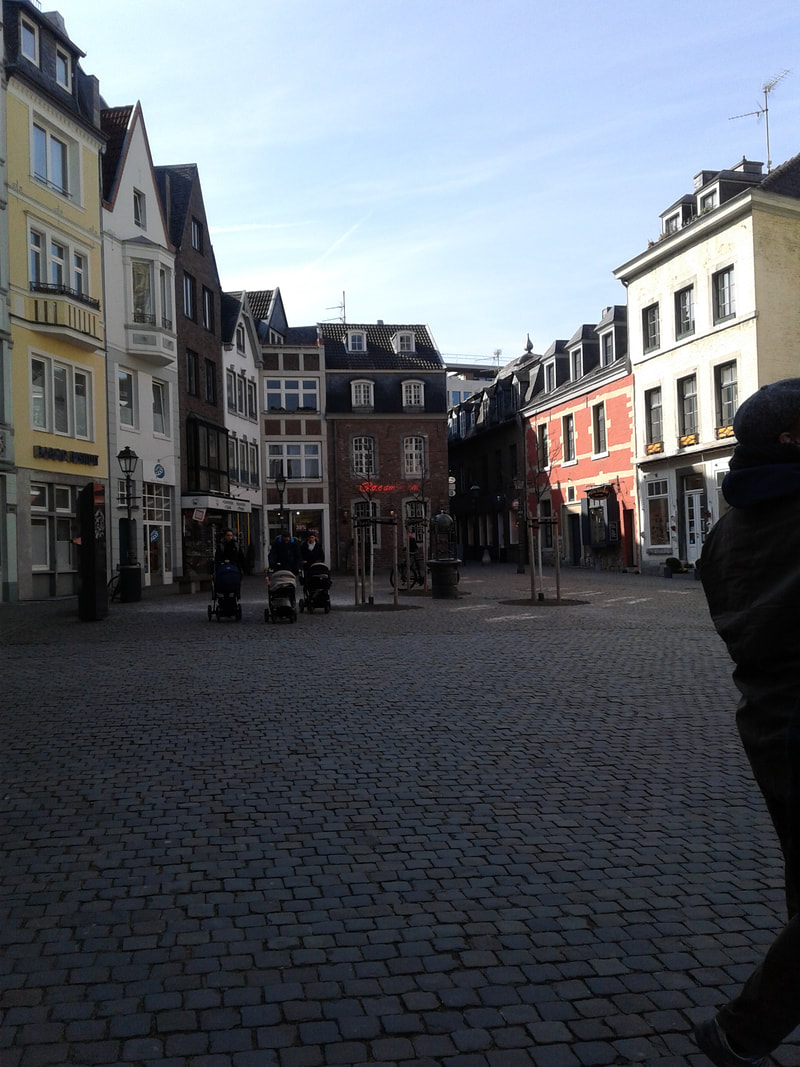
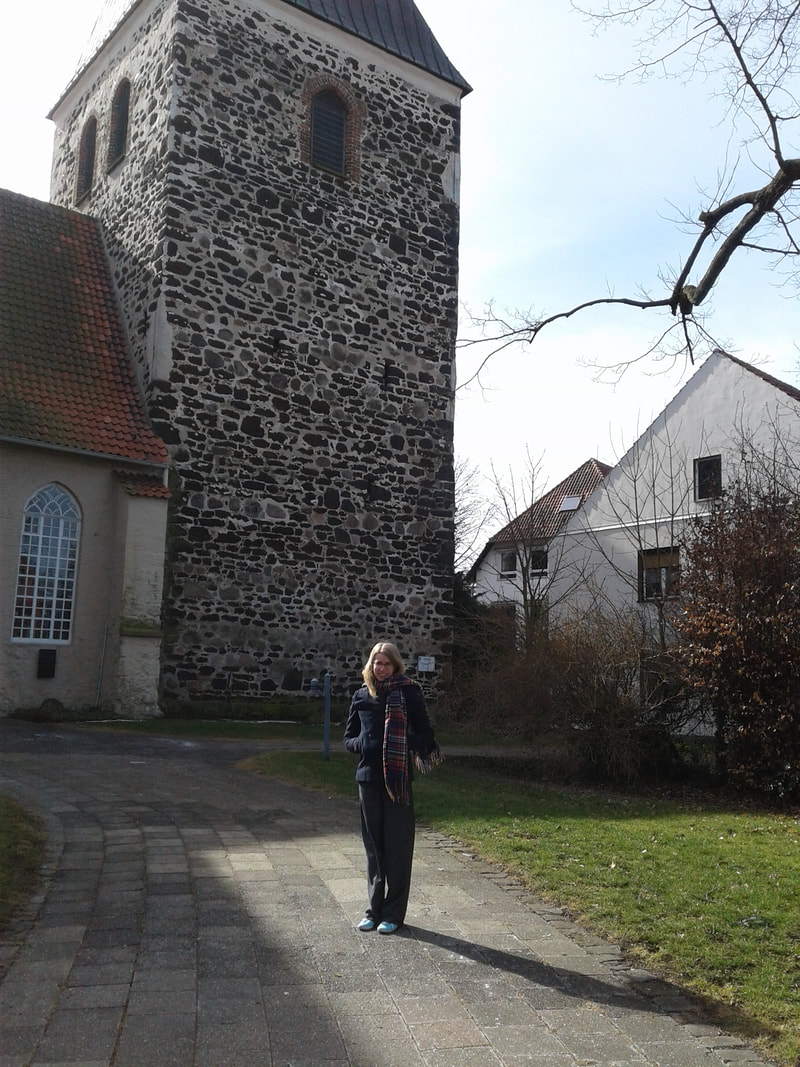
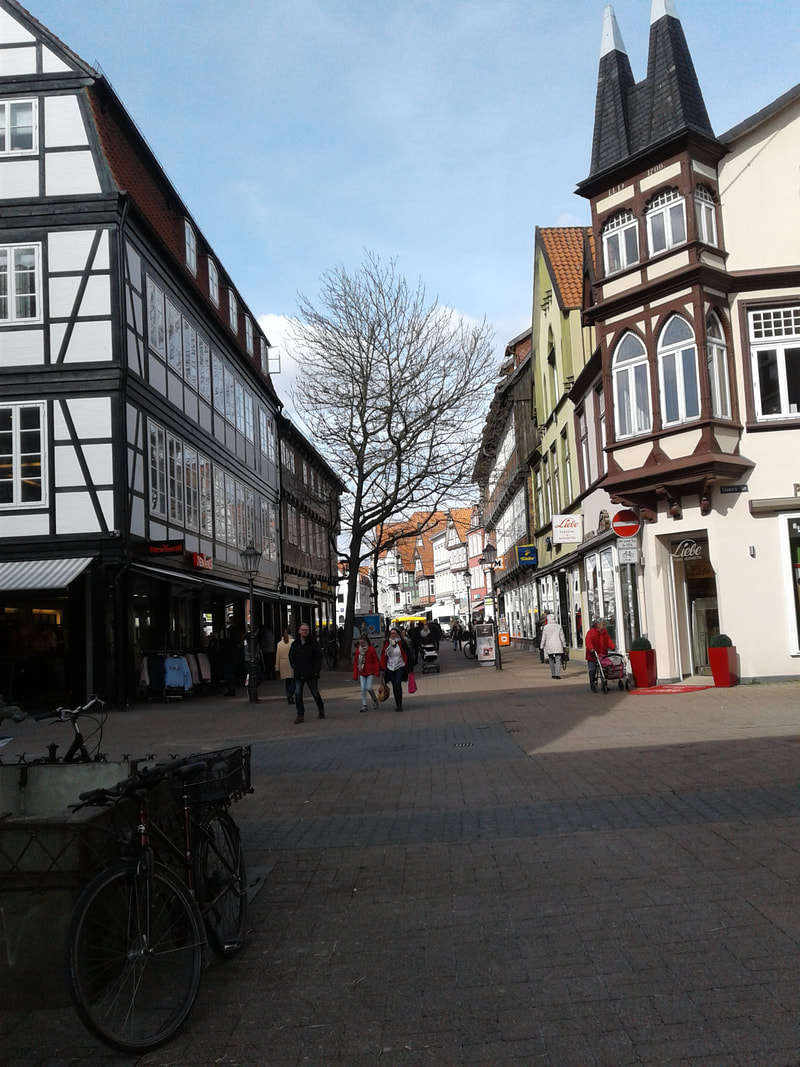
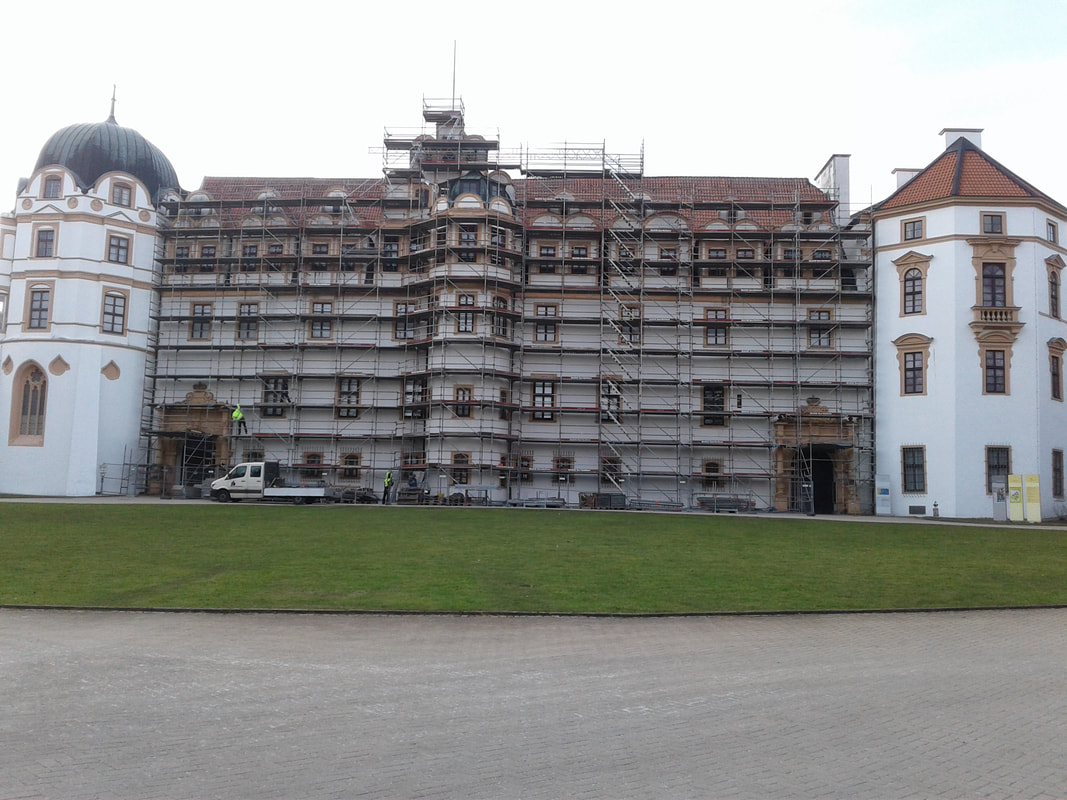
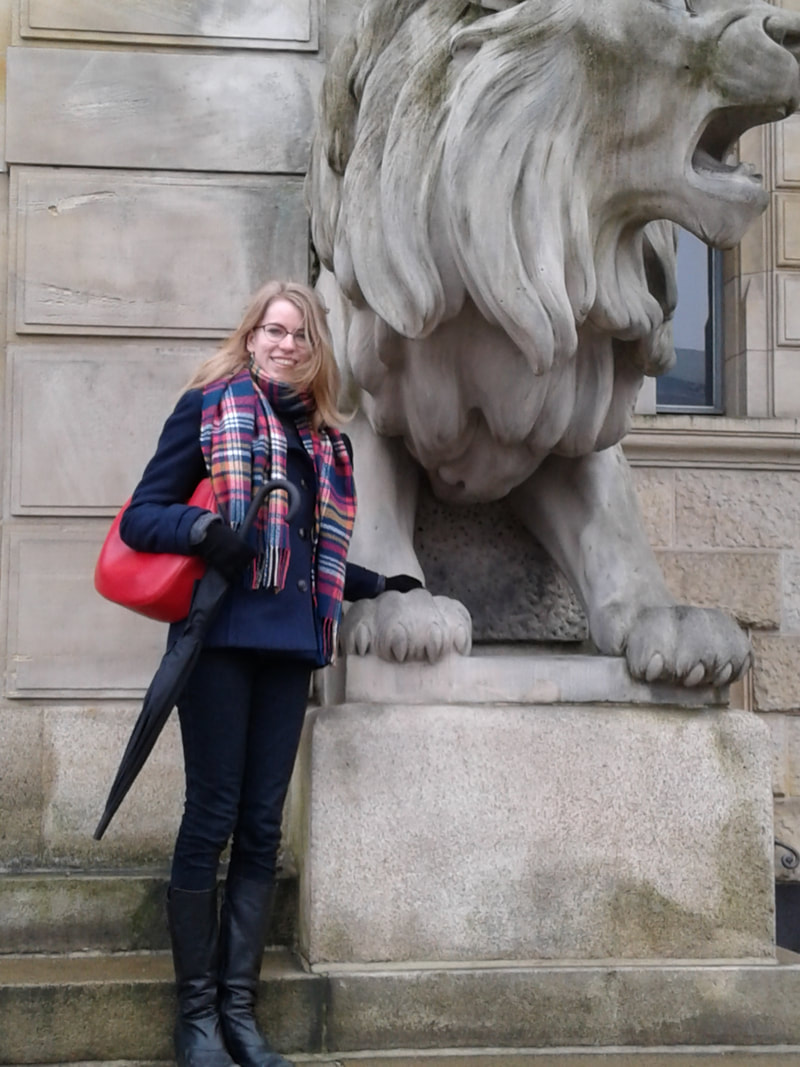
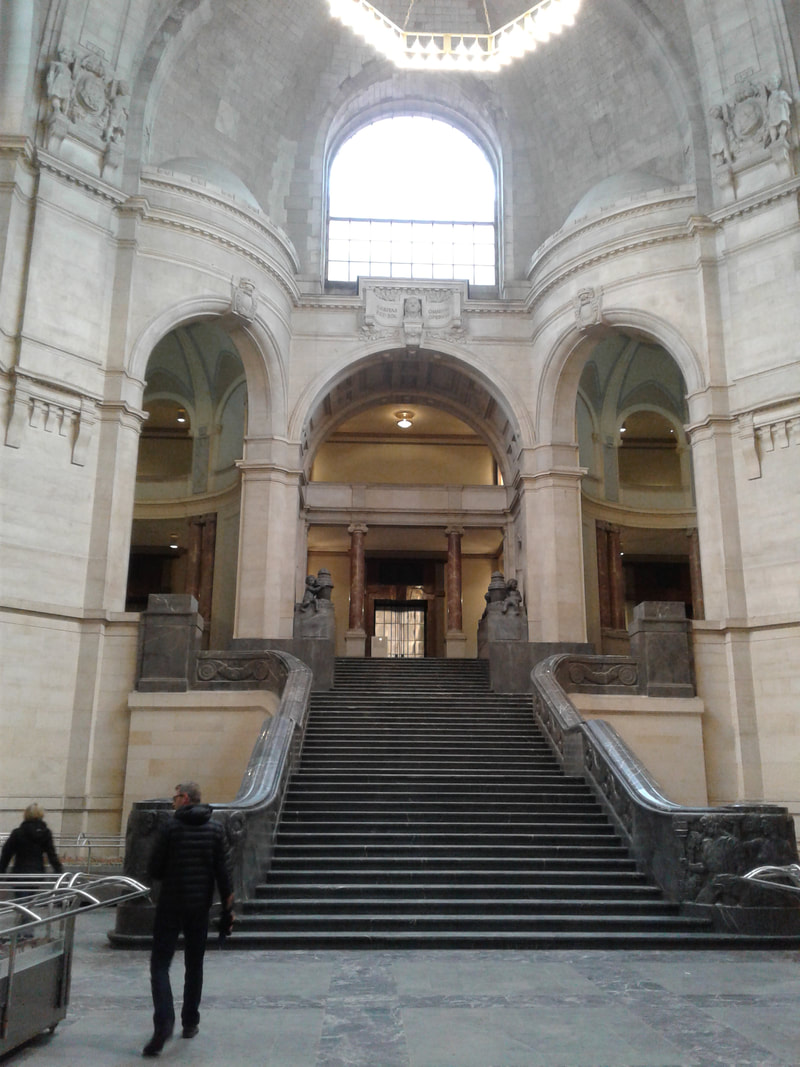
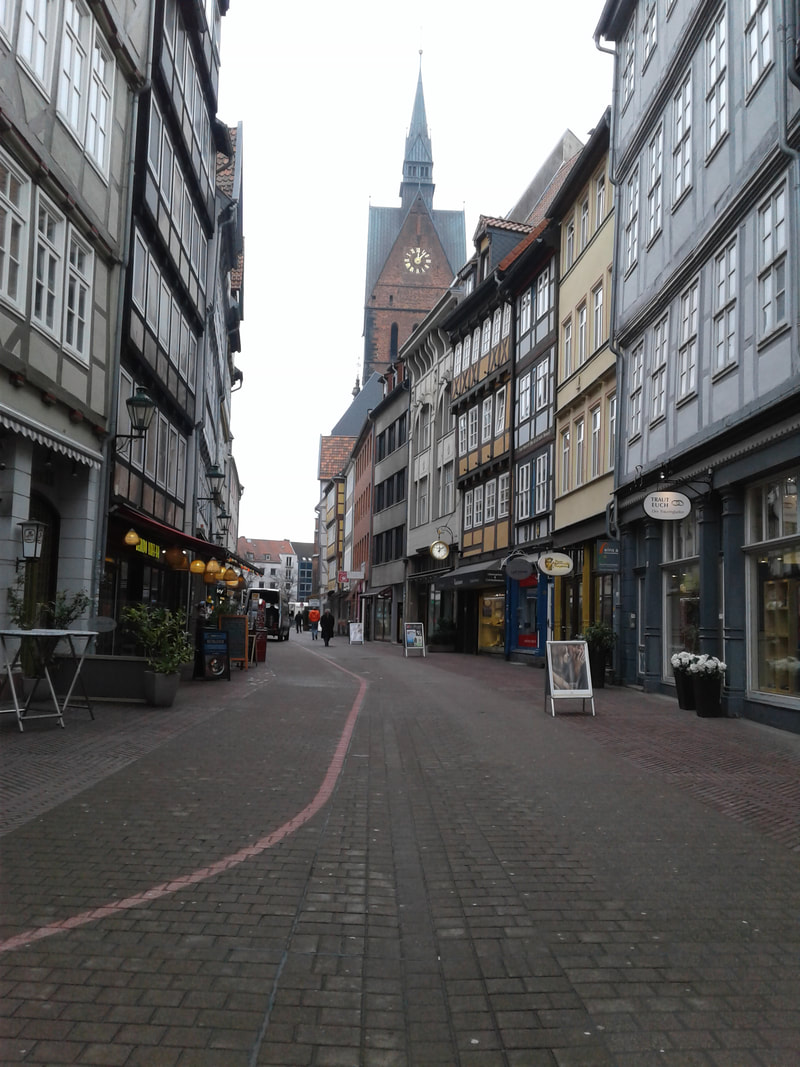
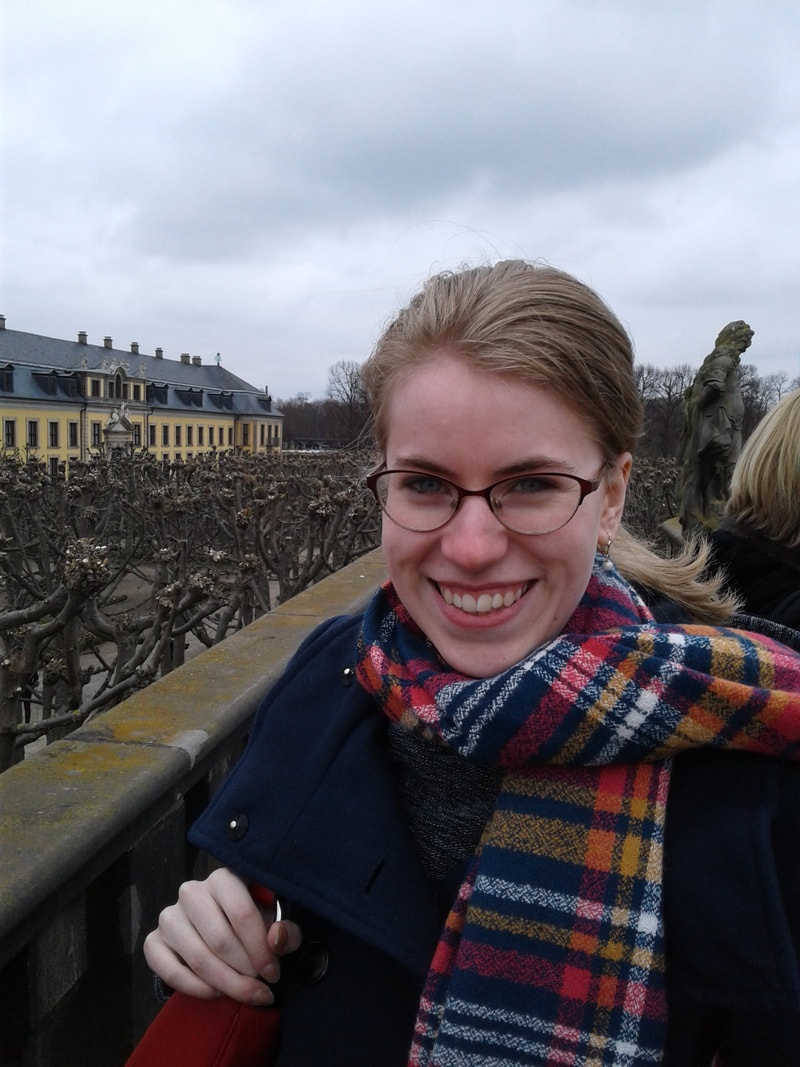
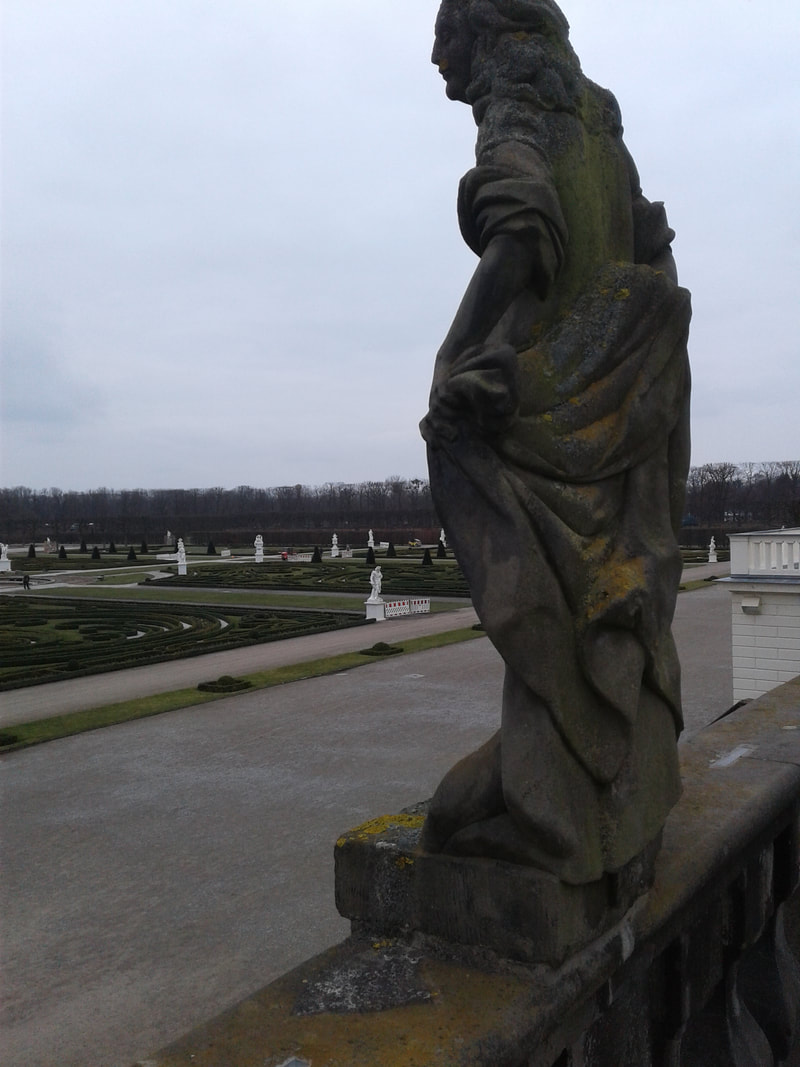
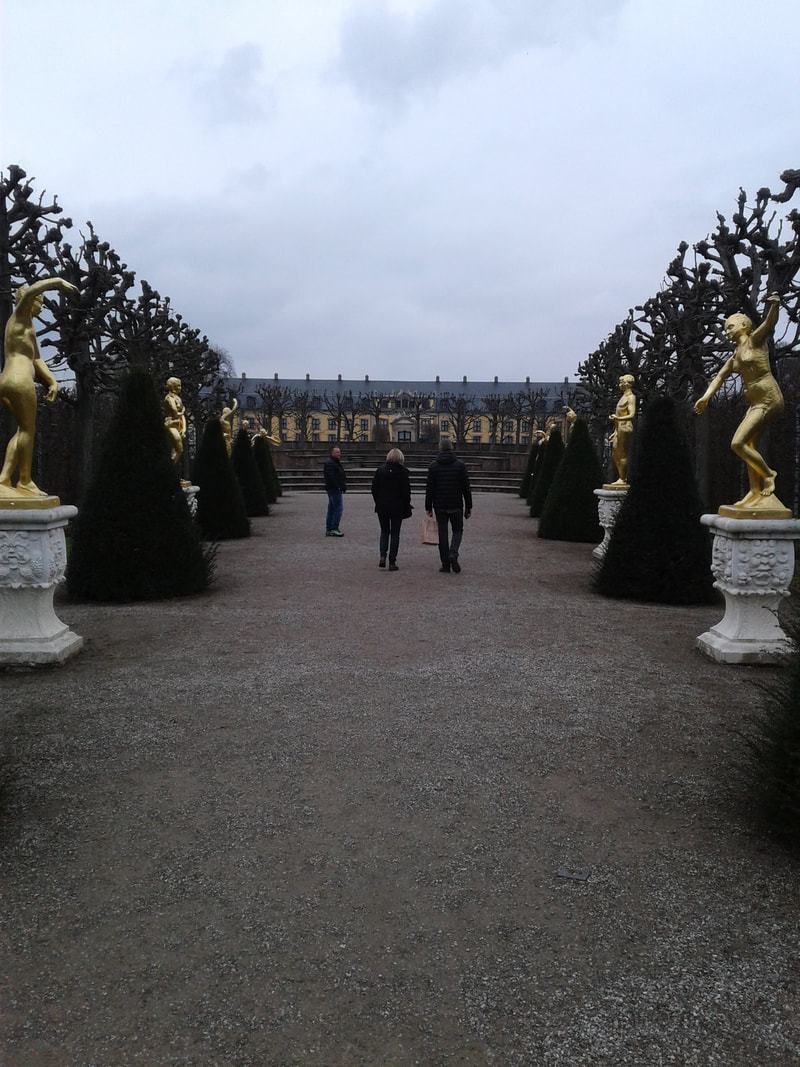
 RSS Feed
RSS Feed
